Physical Sciences & Mathematics
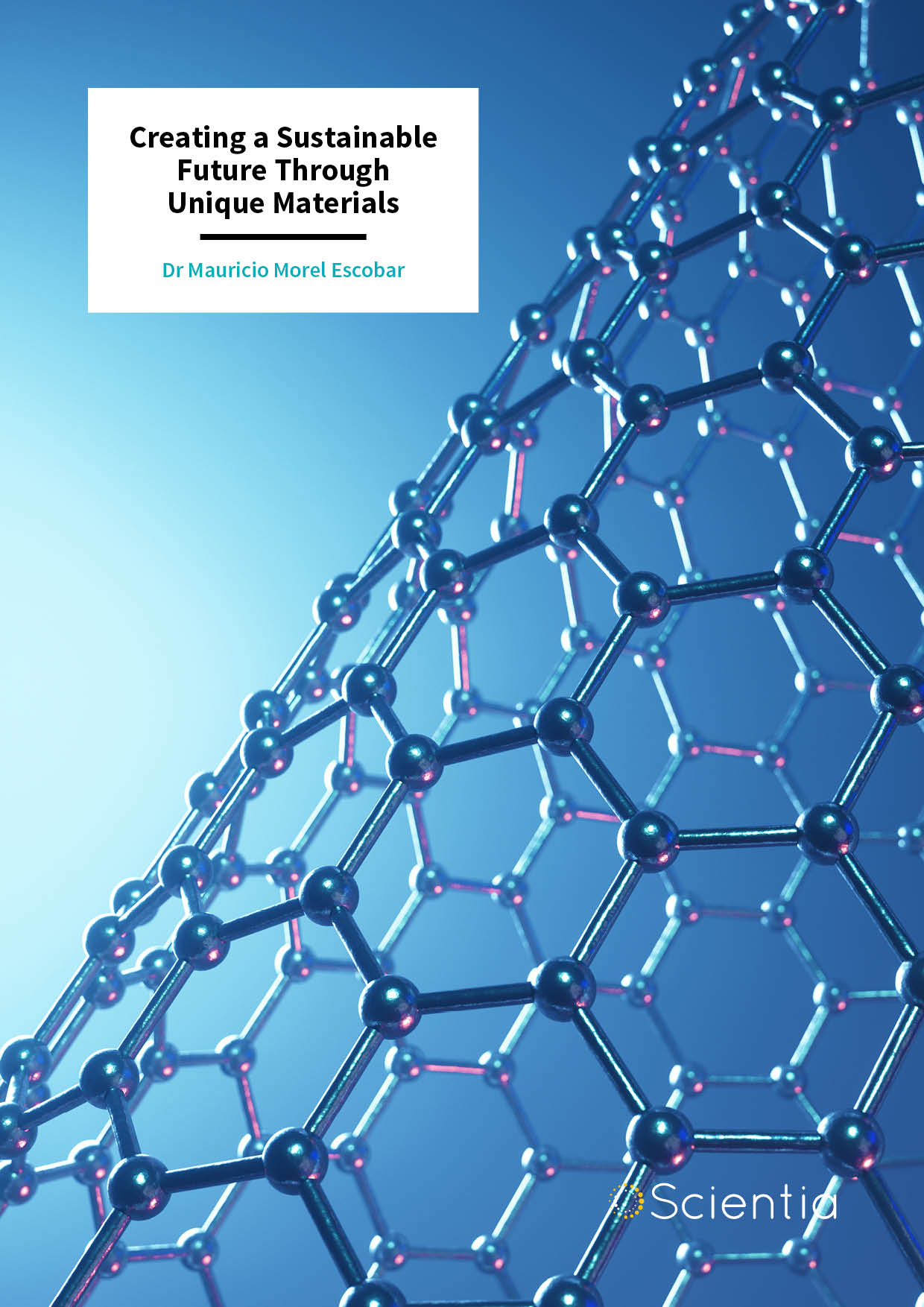
Dr Mauricio Morel Escobar – Creating a Sustainable Future Through Unique Materials
The process of inventing new and exciting technologies often begins with the development of unique and novel materials. The road to creating a new material has many stages, ranging from how we acquire the raw components, to how they are processed, and how they are ultimately used. Dr Mauricio Morel Escobar and his team at the Universidad de Atacama, Chile, have been investigating the synthesis, properties and optimisation of materials, towards the development of clean, energy-efficient technologies and manufacturing methods. They are also working to address the energy crisis, by exploring how materials can be used to store sustainable fuels.
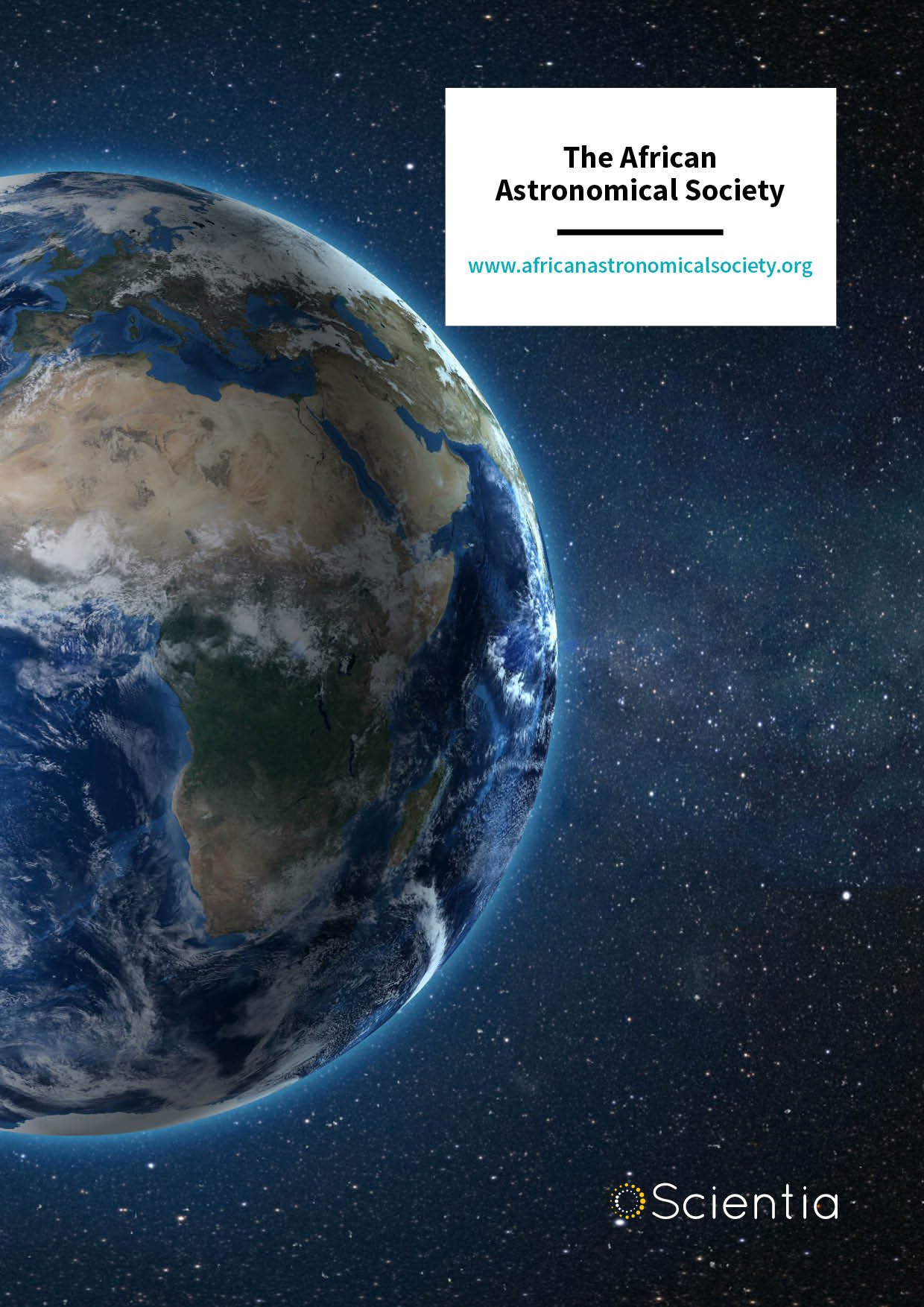
The African Astronomical Society
Launched in 2019, the African Astronomical Society (AfAS) is a diverse and inclusive Pan-African society of professional and amateur astronomers, which aims to create a globally competitive astronomy community in Africa. The mission of AfAS is to be the voice of astronomy on the continent and to address the challenges faced by Africa through the promotion and advancement of astronomy. In this exclusive interview, we speak with the Society’s president, Dr Jamal Mimouni, who discusses astronomical achievements in Africa and how AfAS supports and advances astronomy research and education across the entire continent.
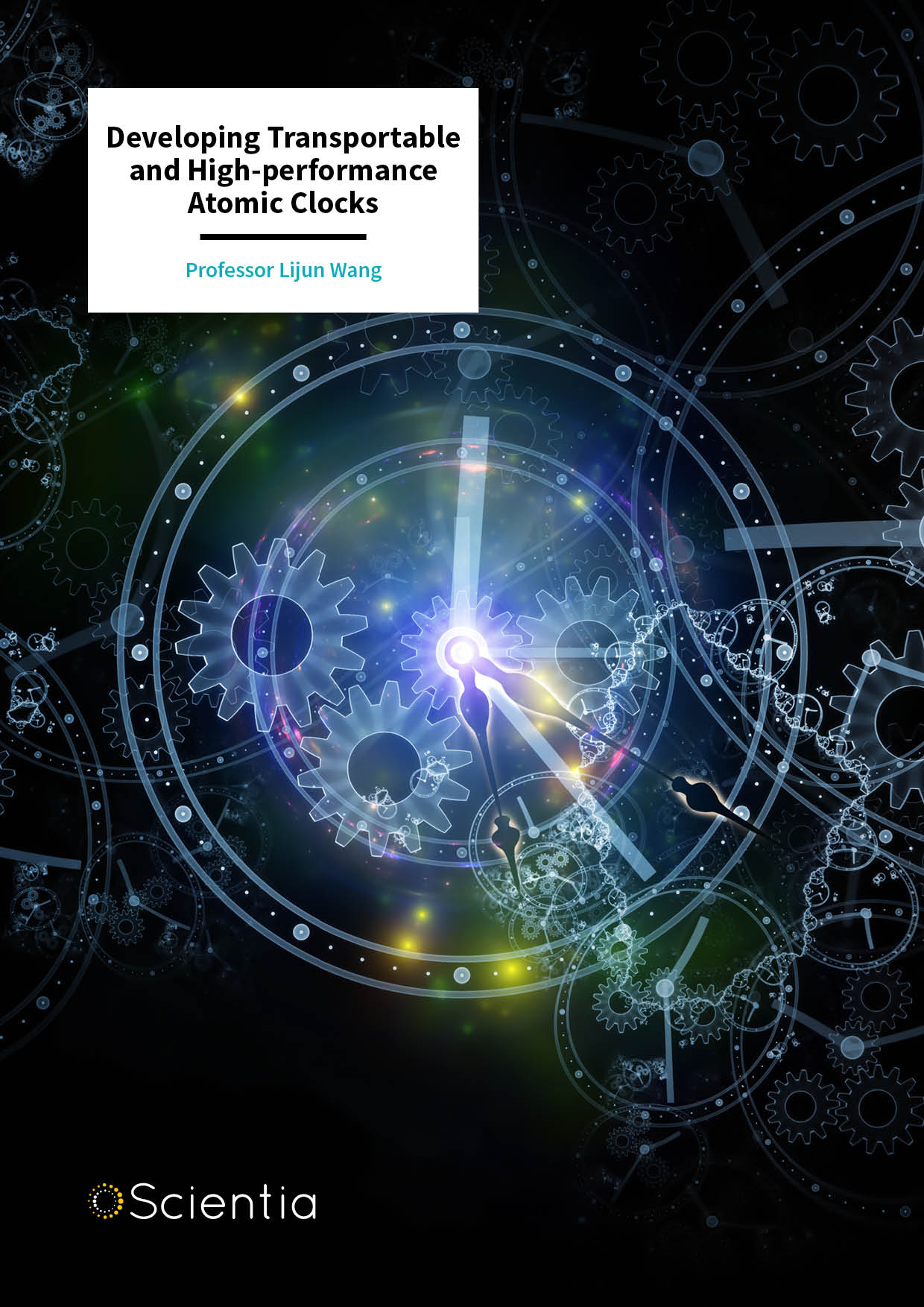
Professor Lijun Wang – Developing Transportable and High-performance Atomic Clocks
By measuring the frequencies emitted as atoms transition between energy levels, atomic clocks are among the most advanced devices available for keeping time. In his research, Professor Lijun Wang at Tsinghua University, Beijing, explores how the stringent requirements for these devices can be met using easily transportable apparatus. By combining the latest technological advances in ion trapping, laser cooling, and magnetic shielding, his team has now achieved a design that far exceeds the performance of existing transportable clocks – potentially leading to new capabilities for both high-speed scientific measurements, precision time-keeping, and applications in satellite-based navigation.
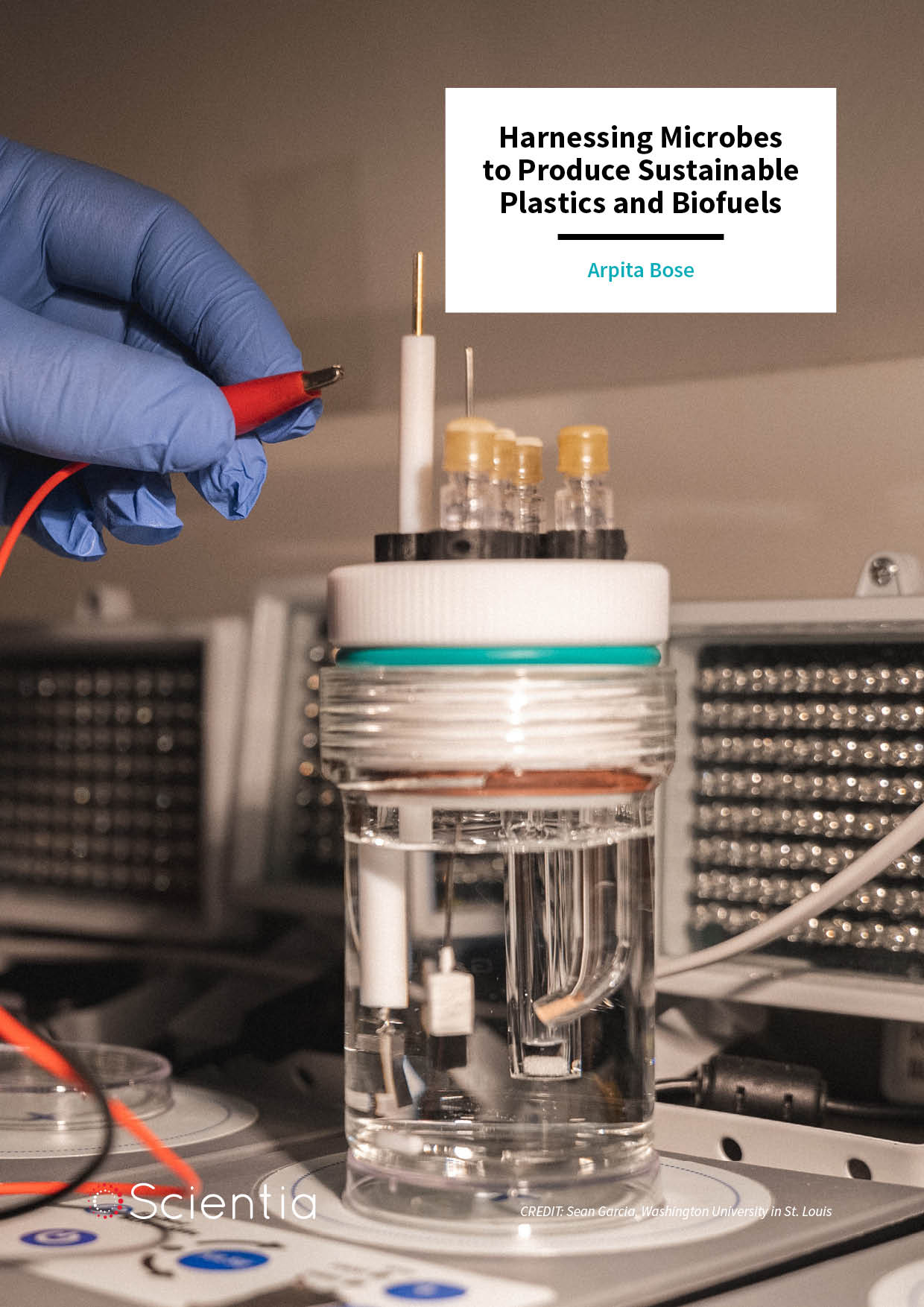
Dr Arpita Bose – Harnessing Microbes to Produce Sustainable Plastics and Biofuels
Before oxygen was widely available in Earth’s atmosphere, ancient microbes looked to other elements to obtain electrons for photosynthesis. Some of these microbes are called ‘photoferroautotrophs’ – which can take up electrons from iron available in their surrounding environment and use them to transform carbon dioxide (CO2) into biomolecules. In their research, Dr Arpita Bose and her team at Washington University in St Louis, explore the mechanisms these microbes exploit to produce biomolecules, using the electrons they take in. Their discoveries are leading to sustainable new ways to produce both plastic and fuel – and could soon prove to reduce our reliance on the compounds derived from crude oil.
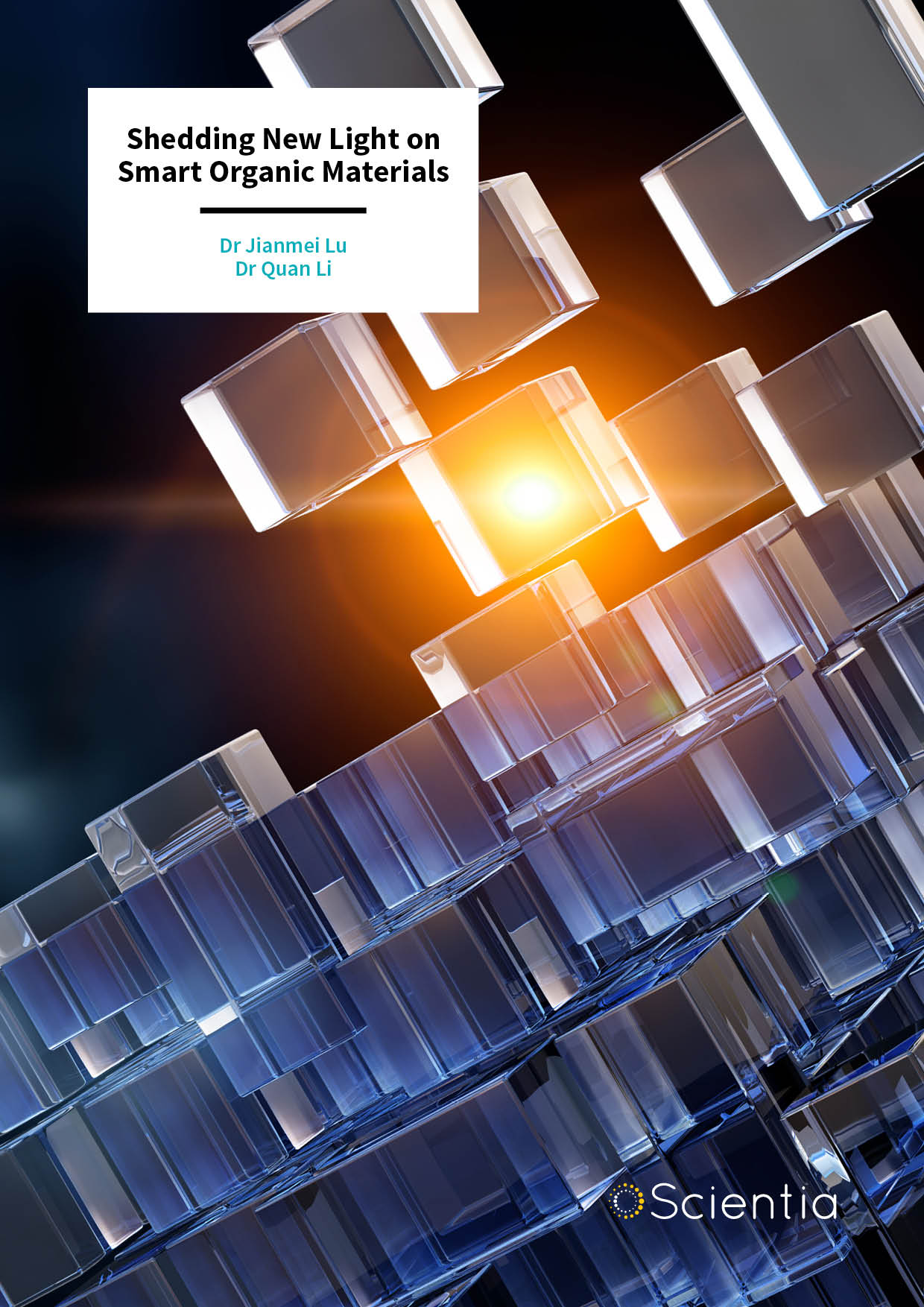
Dr Jianmei Lu | Dr Quan Li – Shedding New Light on Smart Organic Materials
Organic materials that can emit light in response to certain stimuli hold great promise for numerous real-world applications. So far, however, their diminished performance on exposure to water has presented numerous challenges. In their research, Dr Jianmei Lu at Soochow University and Dr Quan Li at Southeast University present a new series of compounds that instead display improved light emission when they are transformed into ‘hydrated’ crystals. By assessing the mechanisms responsible for this unique behaviour, the researchers now present new routes towards the widespread use of smart organic materials.
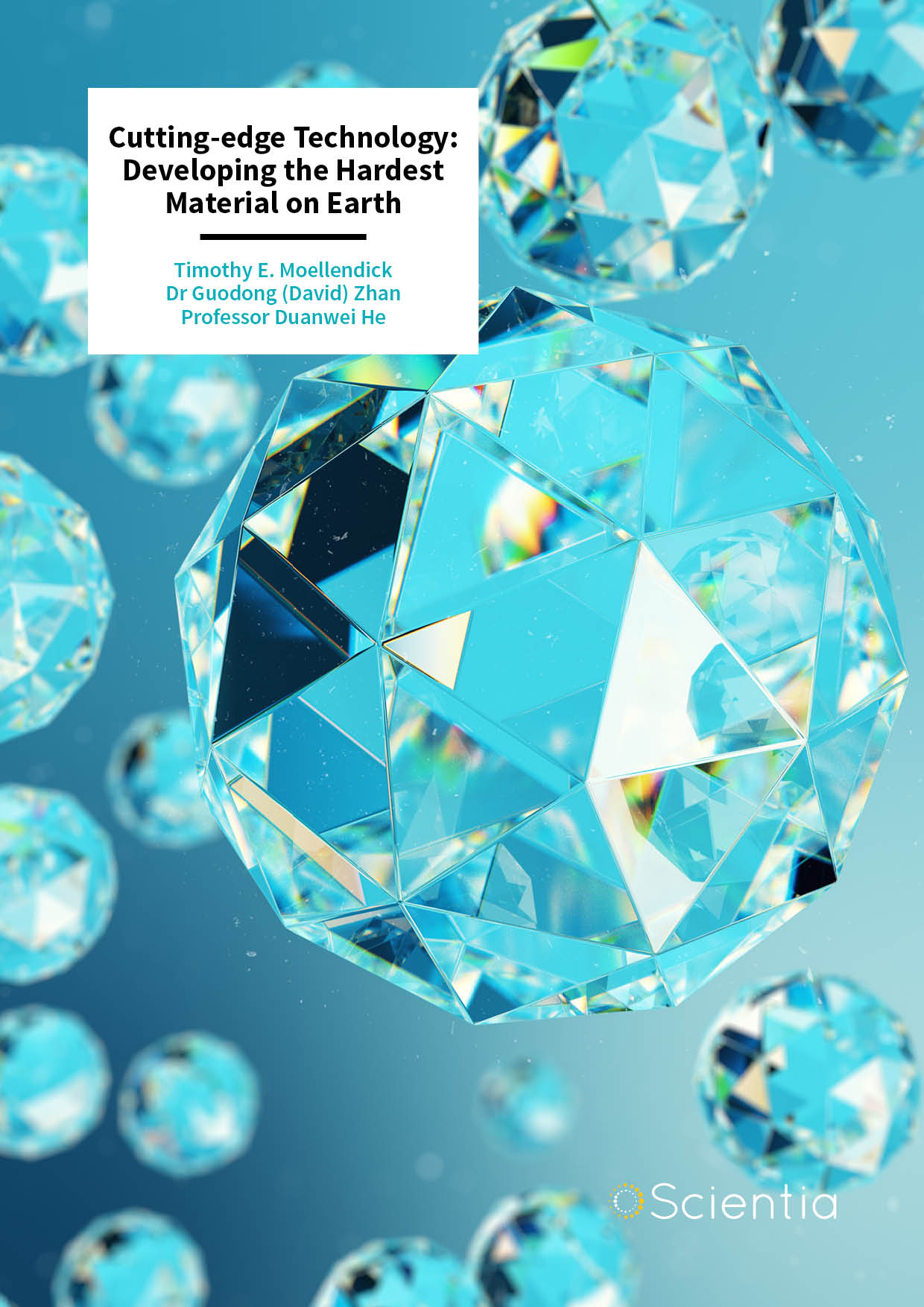
Dr Guodong (David) Zhan | Timothy Eric Moellendick | Dr Duanwei He – Cutting-edge Technology: Developing the Hardest Material on Earth
Because of its extreme hardness, diamond is used as a cutting material in a multitude of fields, from aerospace engineering to geothermal energy. Using ultra-high pressures and temperatures, scientists have created a new form of diamond, which is now the hardest material known to humankind. Dr Guodong (David) Zhan and Timothy Eric Moellendick at Saudi Aramco, alongside Dr Duanwei He at Sichuan University, are the scientists behind this record-breaking substance, which will serve as an ‘indestructible’ cutting and drilling material.
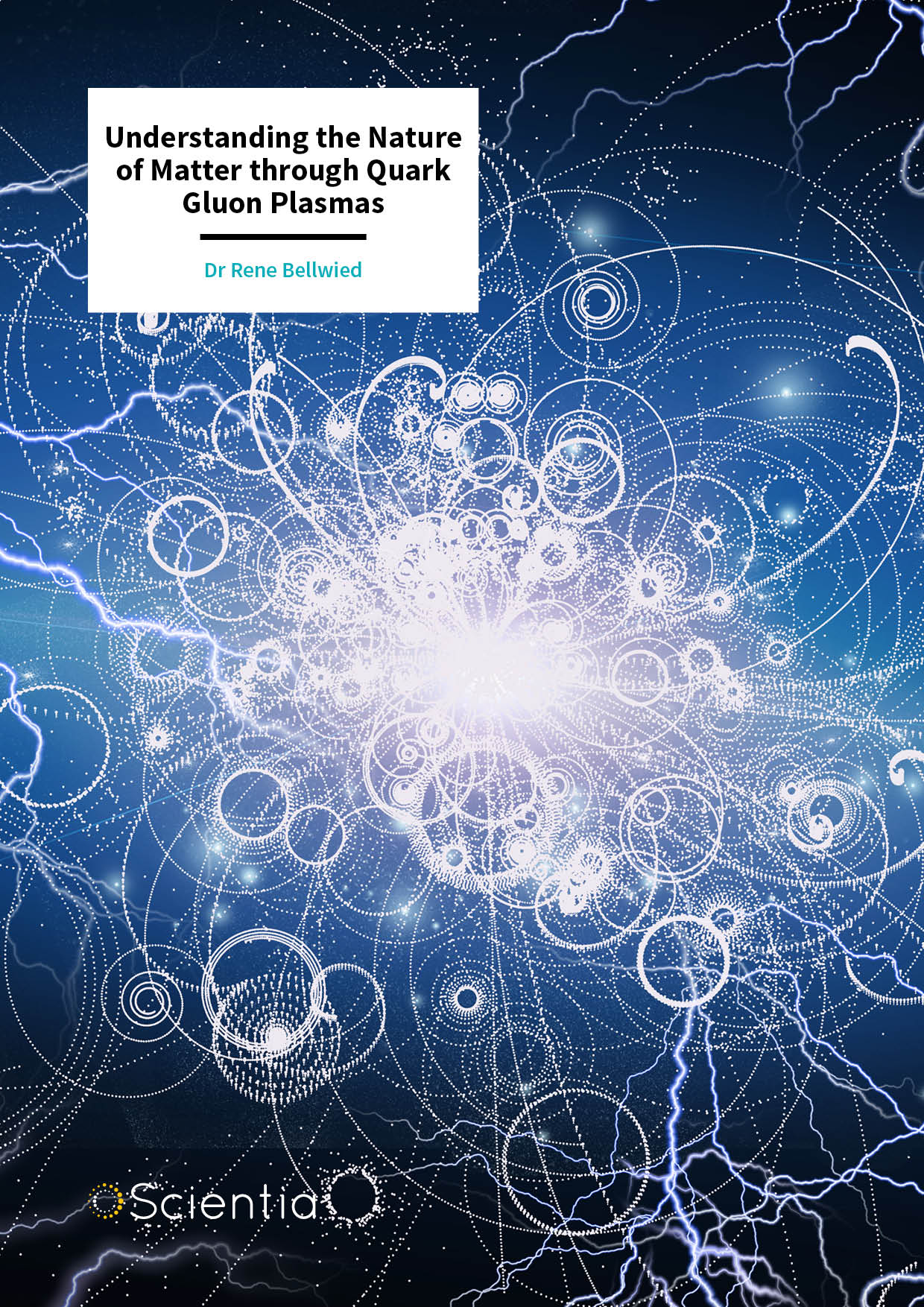
Dr Rene Bellwied – Understanding the Nature of Matter through Quark Gluon Plasmas
In the extreme environment of the primordial universe, fundamental particles that are now tightly bound into larger groups were, for the briefest moment, free to wander individually. Using the latest particle accelerator facilities, researchers today can recreate fluids of these particles, named ‘Quark Gluon Plasmas’, through high-energy collisions between heavy ions. In his research, Dr Rene Bellwied at the University of Houston uses results from these experiments to explore the fascinating dynamics of the plasmas, and the products that emerge in their aftermath. His team’s findings are now shedding new light on the enigmatic nature of matter itself.
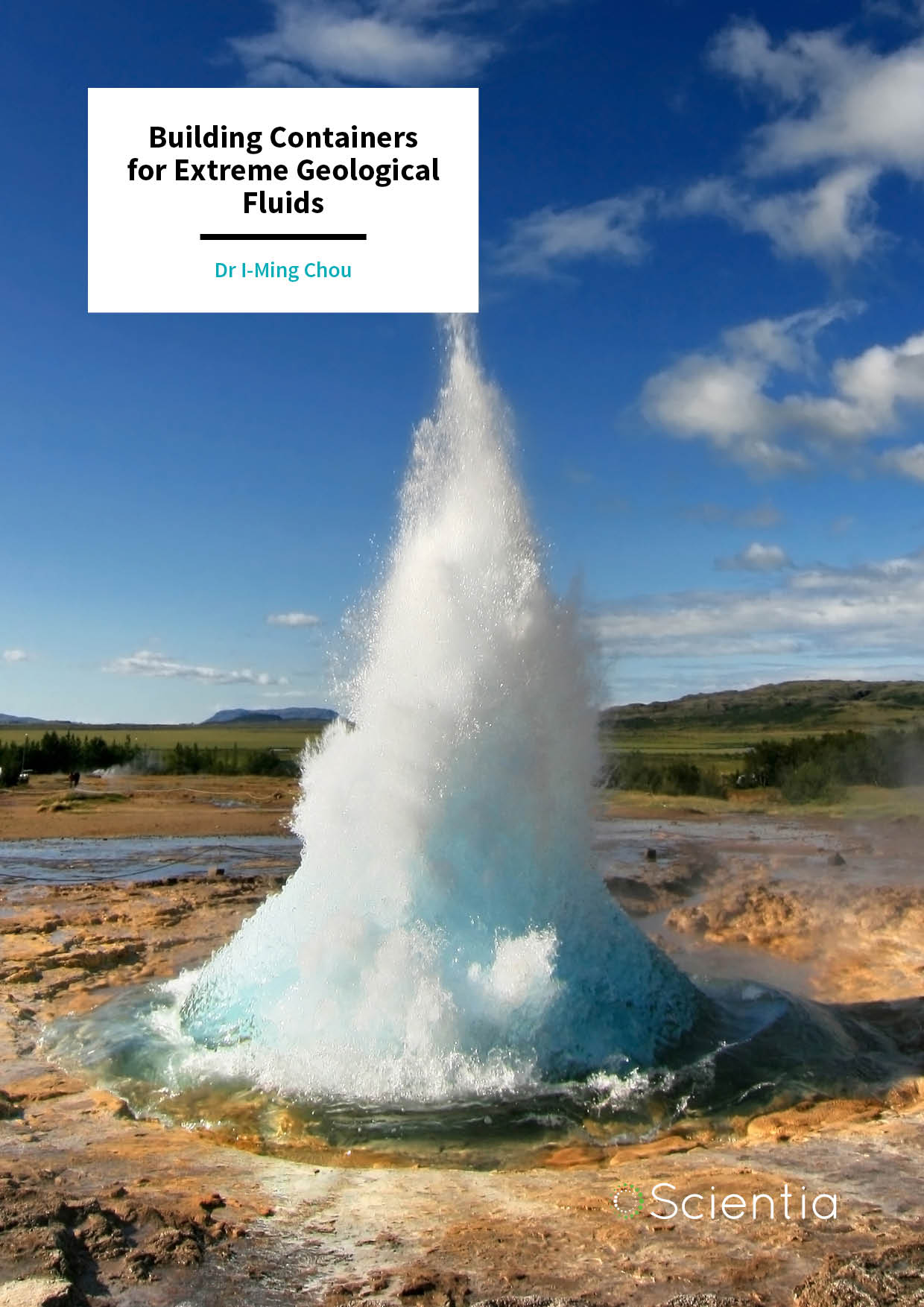
Dr I-Ming Chou – Building Containers for Extreme Geological Fluids
Earth’s crust plays host to many different fluids, which are often pressurised and heated to extreme degrees by the geological processes taking place around them. Harnessing his previous experience at the US Geological Survey, Dr I-Ming Chou at the Chinese Academy of Sciences designs vessels suitable for containing these fluids, while also enabling researchers to easily measure them in the lab using advanced optical techniques. Through their work, Dr Chou’s team has presented cutting-edge designs based on fused silica capillary tubes. Their designs could soon transform geologists’ understanding of the chemical processes taking place far below us.

SwarmMATE™: Swarming Drones for Real-world Missions
The idea of unmanned drones flying together in expansive swarms may at first sound chaotic and unpredictable – yet with the right approach, these machines can enable their users to carry out coordinated and highly advanced missions. Through their research, John Sauter and colleagues at SoarTech have developed DSOARS – a transformative software that enables drones to mimic the behaviours of swarming animals found in nature. Their architecture now paves the way for real-world applications – from tracking forest fires and storms to aiding rescue missions.

Dr Hiroaki Nishiyama – A New Solution for Direct Laser Writing
Direct Laser Writing is a remarkably useful way to deposit intricately patterned materials onto surfaces. So far, however, the range of materials that can be used in the technique has been severely restricted. Now, Dr Hiroaki Nishiyama and his team at Yamagata University in Japan introduce an entirely new approach based on the unique properties of nanoparticles when suspended in a silver-based solution. When illuminated with ultra-short laser pulses, the setup can create highly stable patterns with sophisticated nanoscale structures – substantially broadening the range of materials available for use in the technique.
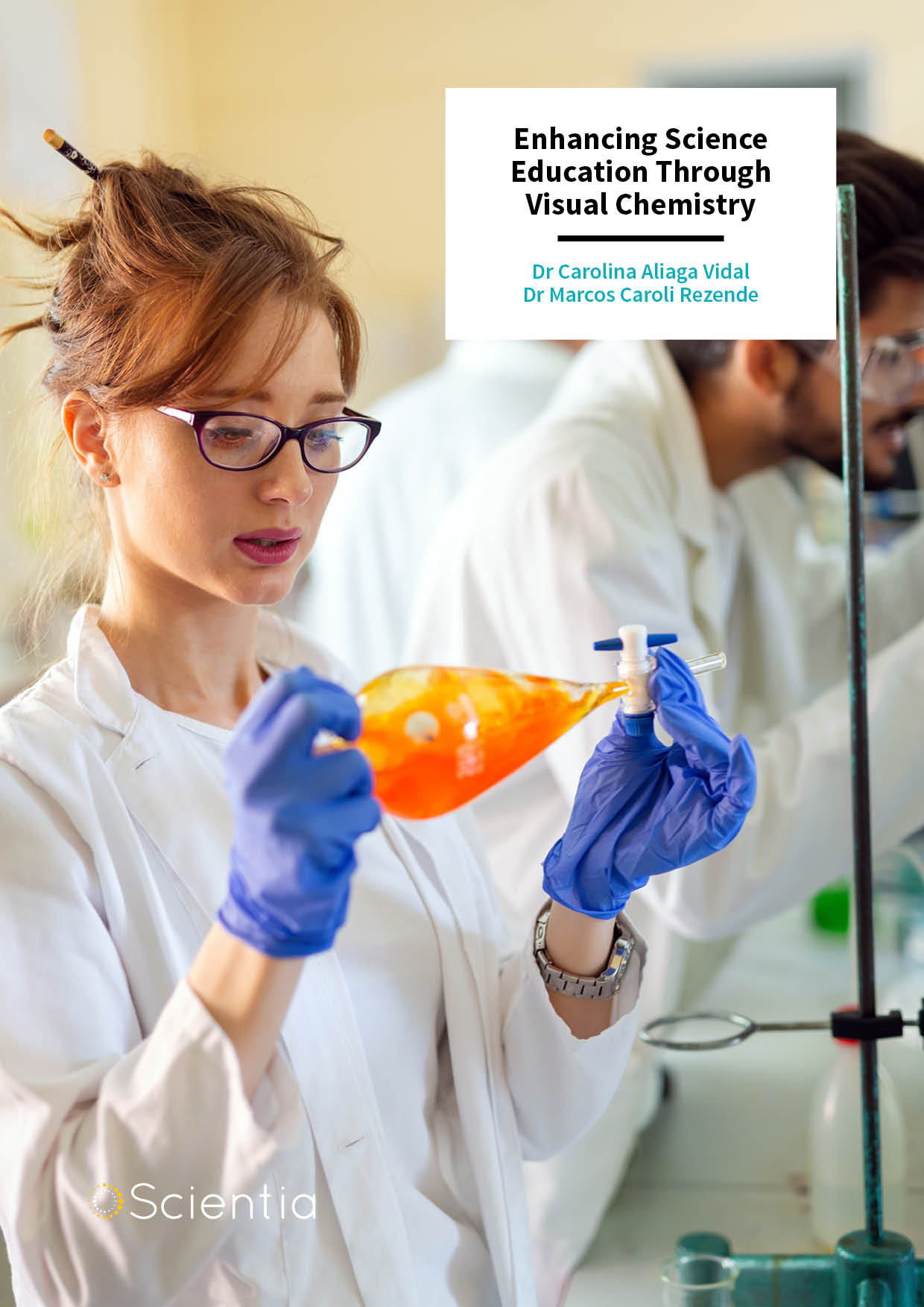
Dr Marcos Caroli Rezende | Dr Carolina Aliaga Vidal – Enhancing Science Education Through Visual Chemistry
Chemical scientists are vital to numerous important areas of society – from pharmaceutical drug development to solar energy conversion. To prepare for their future careers, it is critical for chemistry students to gain a deep understanding of complex molecular processes. However, chemistry is full of abstract concepts that can be difficult to grasp, causing many students to fall behind. To address this issue, Dr Marcos Caroli Rezende and Dr Carolina Aliaga Vidal at Universidad de Santiago de Chile have been developing visual learning methods to improve the quality of chemistry education, and ensure better outcomes for all students. In their recent work, they have focused on helping students to visualise a complex chemical process known as phase-transfer catalysis.
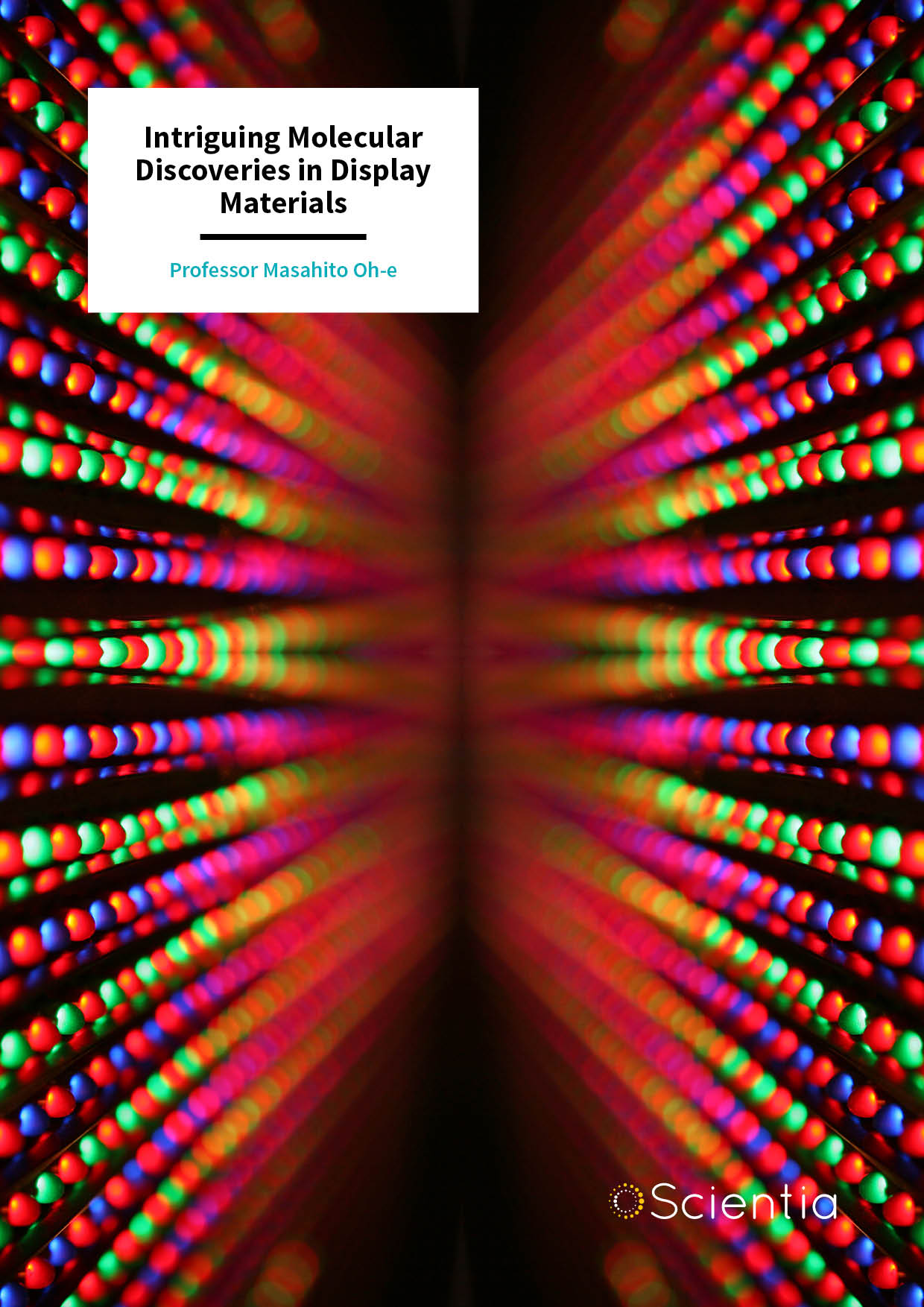
Professor Masahito Oh-e – Intriguing Molecular Discoveries in Display Materials
It is a widely-accepted scientific fact that the motions of molecules increase as their temperature rises. However, Dr Masahito Oh-eat the National Tsing Hua University in Taiwan has recently made a counterintuitive discovery in an organic semiconductor called ‘CADN’. Within a thin film of this material, his team has found that the motion of one part of the CADN molecule increases, while another part becomes more ordered as the temperature increases and approaches the material’s phase transition. This research is scientifically intriguing, but also has profound implications for improving display technologies based on organic semiconductor materials.

Professor László Forró – Perovskite-based Sensors: Detecting Energetic Photons with Extreme Sensitivity
Organo-metallic perovskite crystals are widely known for their ability to boost the performance of solar cells, with efficiencies reaching 25% and beyond. This is because photons of light can mobilise electrons in these materials with very high efficiency. Professor László Forró and his team at Ecole Polytechnique Fédérale de Lausanne have realised that this same ability could be harnessed in the development of high-performance sensors that detect photons of various energies. By integrating perovskite with graphene or carbon nanotubes, the team’s detectors show outstanding sensitivity, with the ability to detect single photons. Their technologies are leading to new applications ranging from more sensitive medical diagnostics, to safer nuclear reactors.
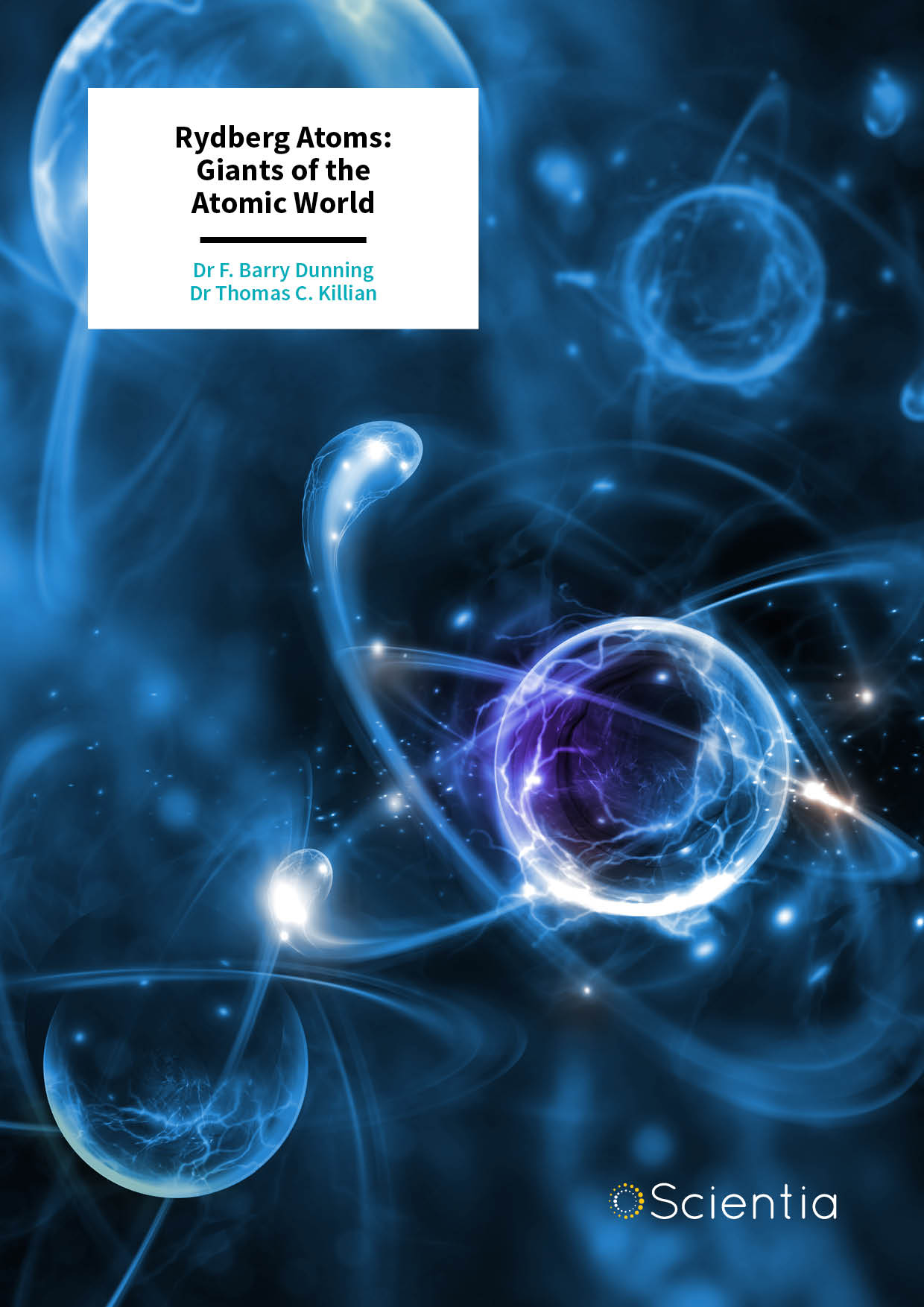
Rydberg Atoms: Giants of the Atomic World
The creation of giant atoms whose size is comparable to that of a grain of sand might sound like the stuff of science fiction, but in fact such species exist in nature and can now be created in the laboratory using advanced laser systems. Such exotic atoms, in which one electron is placed in a highly-energetic state, are termed Rydberg atoms, after the Swedish spectroscopist J. R. Rydberg who first characterised their properties. As might be expected, such extreme atoms possess very unusual physical and chemical properties. Their study has provided many new insights into the properties of Rydberg atoms themselves, their interactions with other atoms and molecules, and phenomena that arise from their collective interactions. The extreme properties of Rydberg atoms now enable emerging technological applications in sensing and quantum computation.
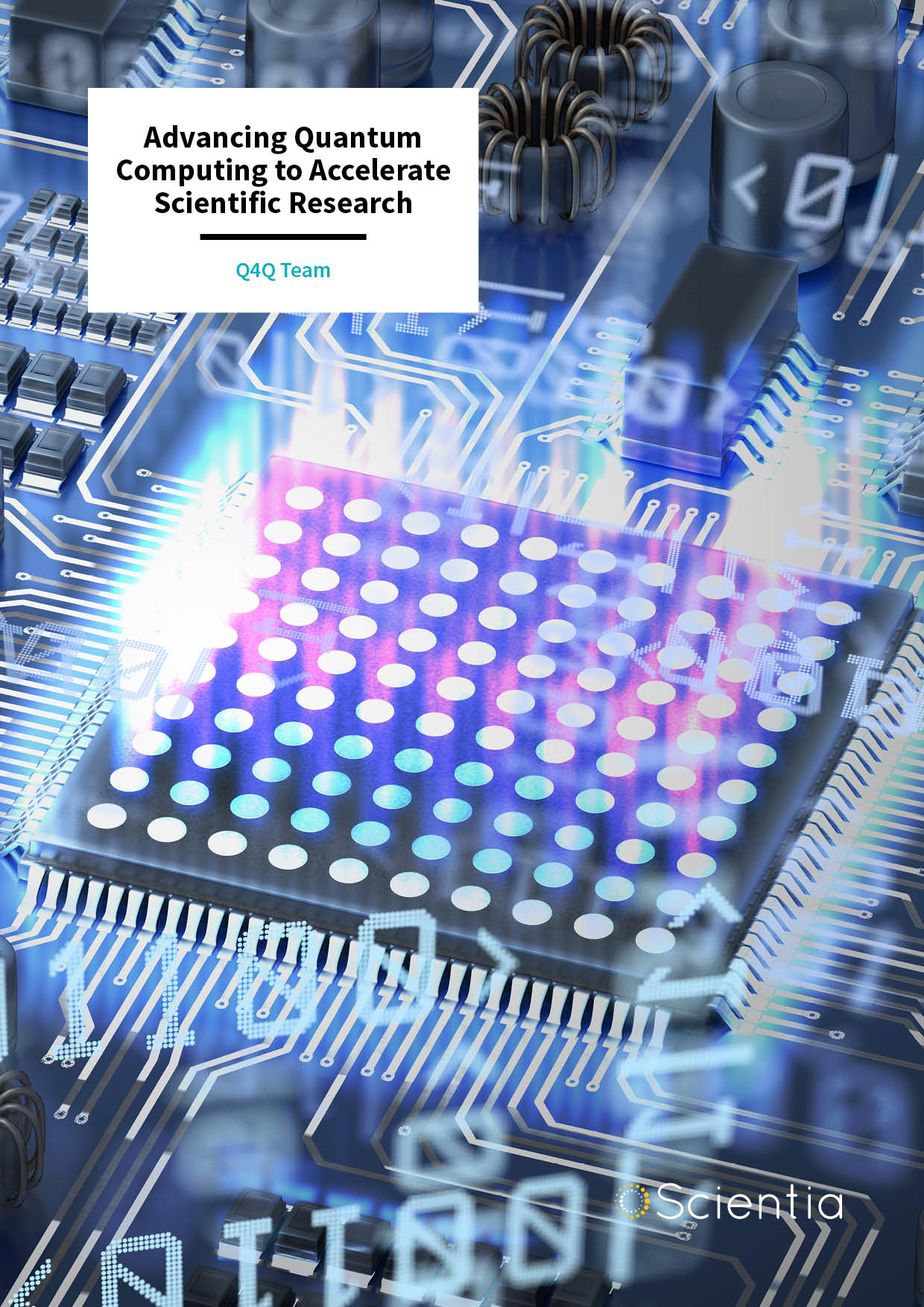
Advancing Quantum Computing to Accelerate Scientific Research
Over the past few years, the capabilities of quantum computers have reached the stage where they can be used to pursue research with widespread technological impact. Through their research, the Q4Q team at the University of Southern California, University of North Texas, and Central Michigan University, explores how software and algorithms designed for the latest quantum computing technologies can be adapted to suit the needs of applied sciences. In a collaborative project, the Q4Q team sets out a roadmap for bringing accessible, user-friendly quantum computing into fields ranging from materials science, to pharmaceutical drug development.
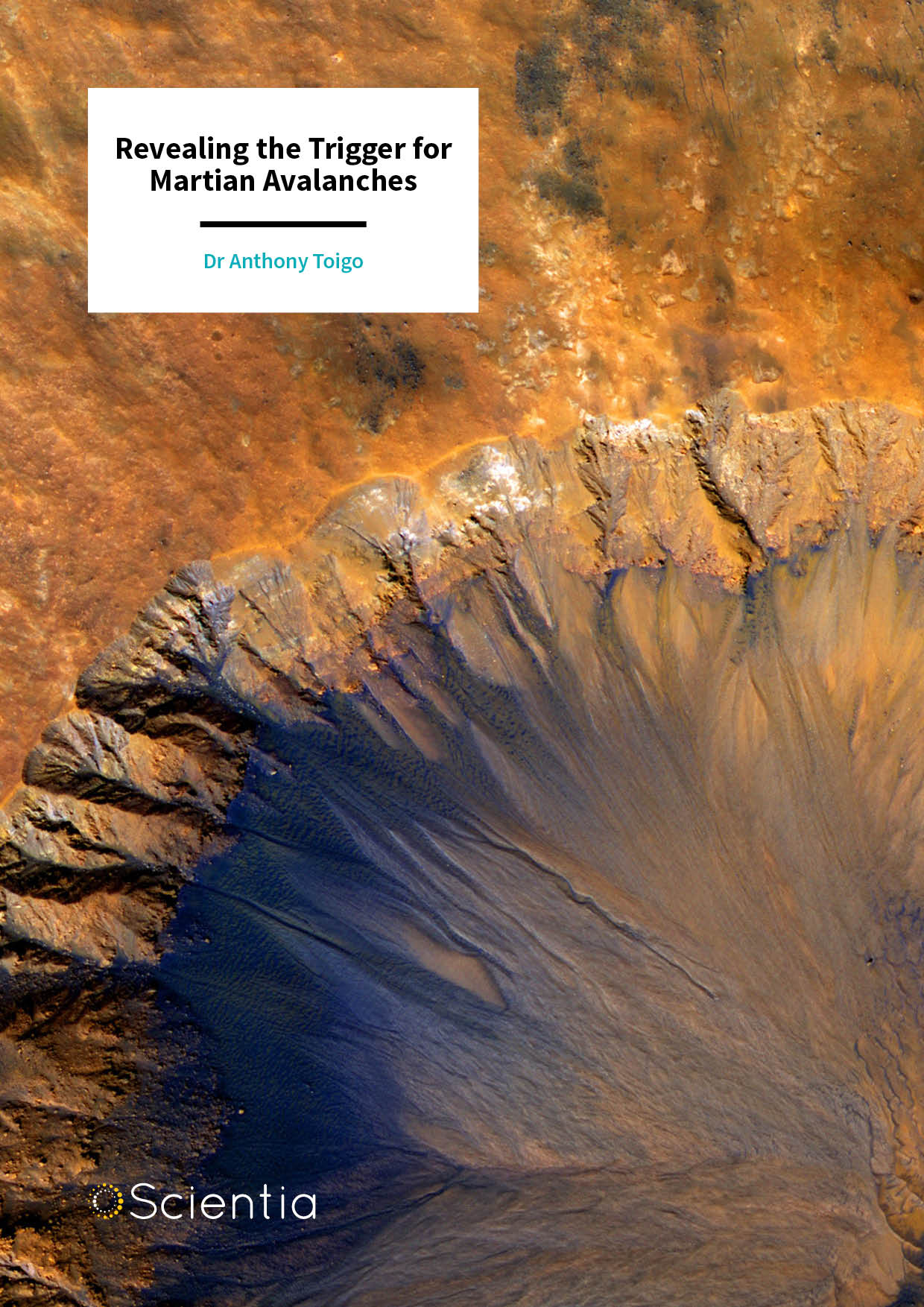
Dr Anthony Toigo – Revealing the Trigger for Martian Avalanches
For years, scientists have been puzzled by the appearance of dark streaks appearing on Martian hillsides. The linear features look like water flows – and if water is present, they could be harbouring life on Mars. However, the freezing conditions on Mars mean that liquid water flows are unlikely. Previous theories suggest the flows could be dust avalanches, but this doesn’t explain why they only appear in the Martian summer. Dr Anthony Toigo and his colleagues at Johns Hopkins University Applied Physics Laboratory, NASA Goddard Space Flight Center, and the University of Colorado – Boulder, have modelled weather conditions near the Martian surface and recreated the Martian atmosphere in a laboratory. By doing so, they could examine how Martian dust and surface soils respond to the changing seasons on the red planet.
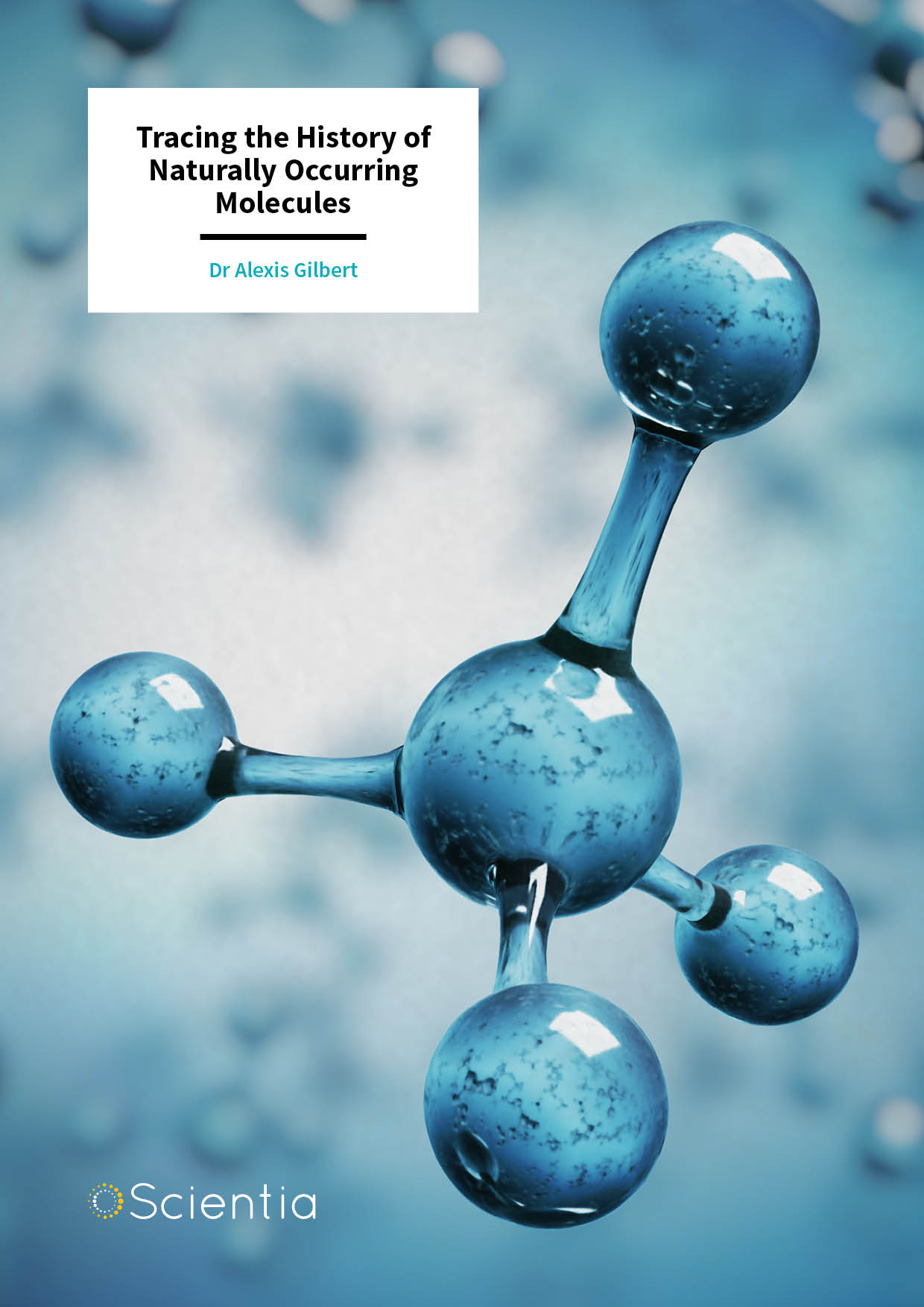
Dr Alexis Gilbert – Tracing the History of Naturally Occurring Molecules
Understanding the history of molecules is invaluable in numerous applications, such as food authentication and identifying the source of natural gas. Based at the Tokyo Institute of Technology in Japan, Dr Alexis Gilbert and his team are developing analytical tools that can be used to reveal the origin and history of molecules. Their work has already been applied to several areas, including the detection of fake alcohol and environmental research.

Dr Rosa Di Felice – Identifying Optimum Enzymes for Gene Editing Through Simulations
Genome editing offers huge benefits in both healthcare and agriculture. Therefore, developing new and improved tools for editing the genomes of humans, animals and plants is a rapidly growing area of research. Dr Rosa Di Felice and her team from the University of Southern California are helping to further this effort by performing computational simulations that support experimentalists in their search. They are particularly interested in studying the mechanisms involved in gene editing using enzymes, to find out how their precision can be improved.
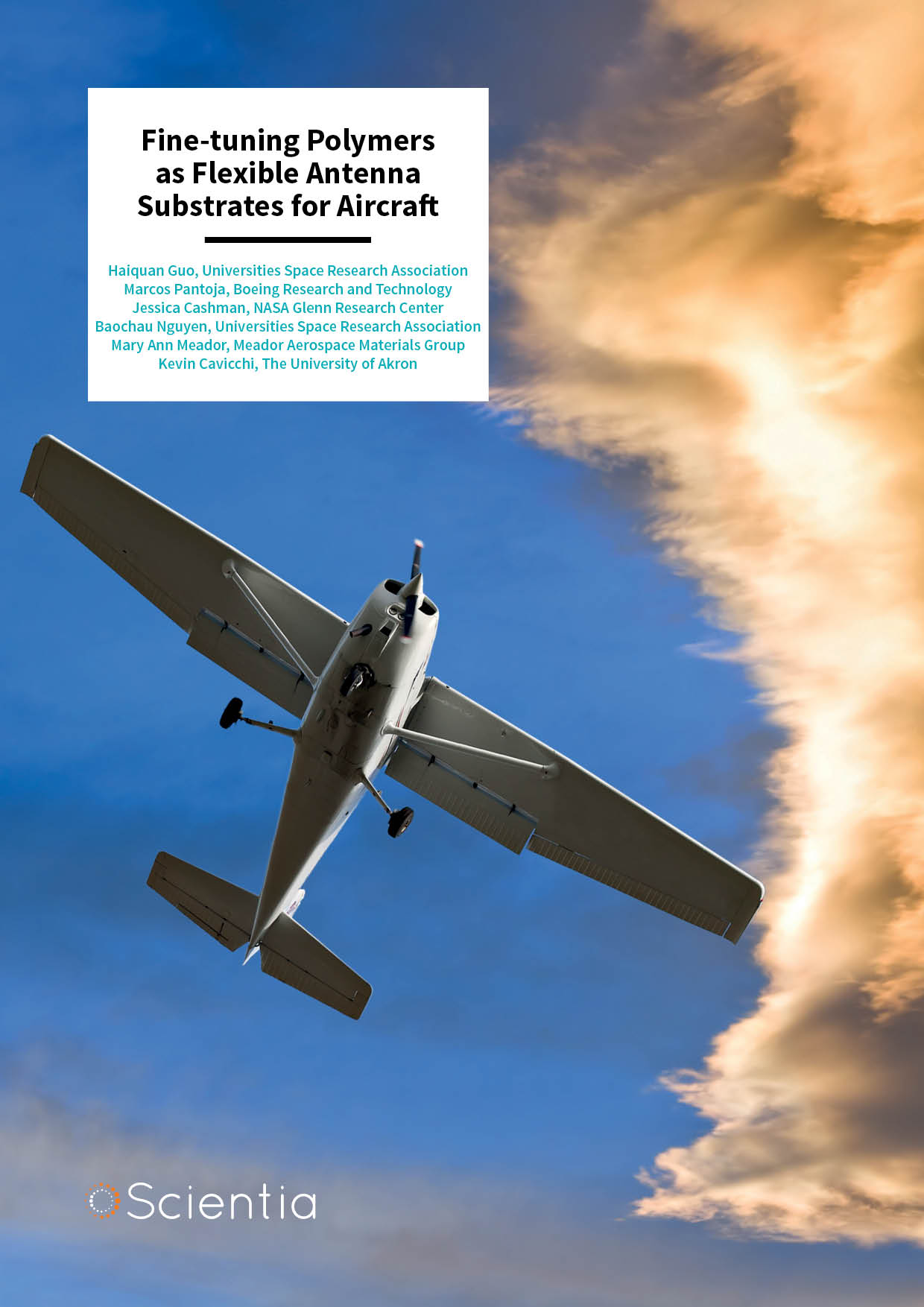
Fine-tuning Polymers as Flexible Antenna Substrates for Aircraft
The pursuit to design more lightweight aircraft that can travel over greater distances never ceases. One area that has received much attention is the development of lighter and more aerodynamic antennas. Researchers at the NASA Glenn Research Center are at the forefront of this effort. The research team, which includes Jessica Cashman, Baochau Nguyen, Haiquan Guo, Marcos Pantoja, Kevin Cavicchi, and Mary Ann Meador, is designing flexible polymer materials that can be used to construct lightweight, low-drag antennas that lie along the surface of an aircraft.
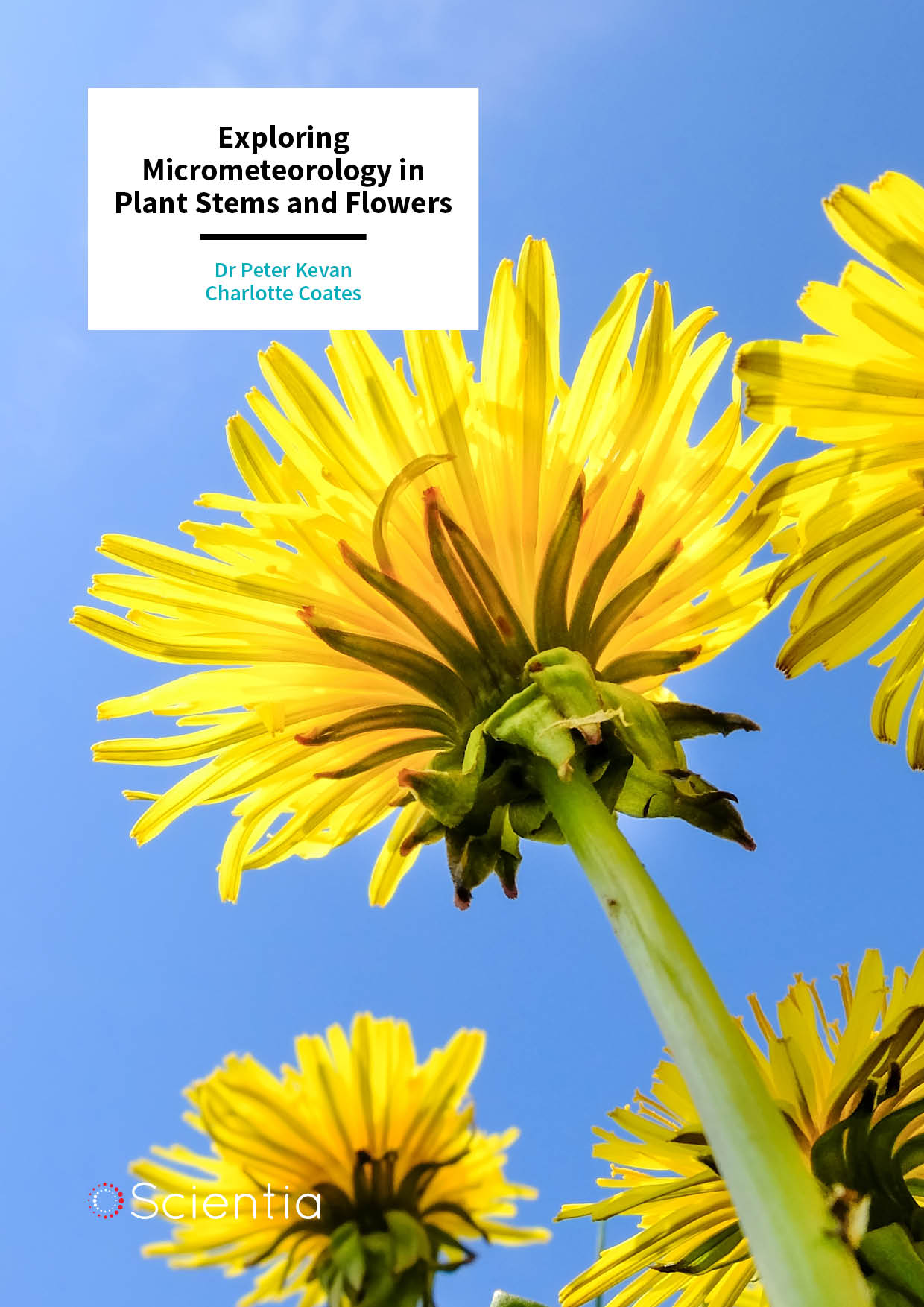
Dr Peter Kevan | Charlotte Coates – Exploring Micrometeorology in Plant Stems and Flowers
As complex living organisms, plants can often display intricate interactions with the air inside and around them. So far, however, many characteristics of these processes have gone largely unexplored. In their research, Charlotte Coates and Dr Peter Kevan at the University of Guelph combine field surveys with advanced imaging technologies to study the ‘micrometeorology’ that takes place in and around the stems and flowers of many plants. Their discoveries are shedding new light on how these plants grow and reproduce, and how some species are providing ideal habitats for ecologically damaging insects.
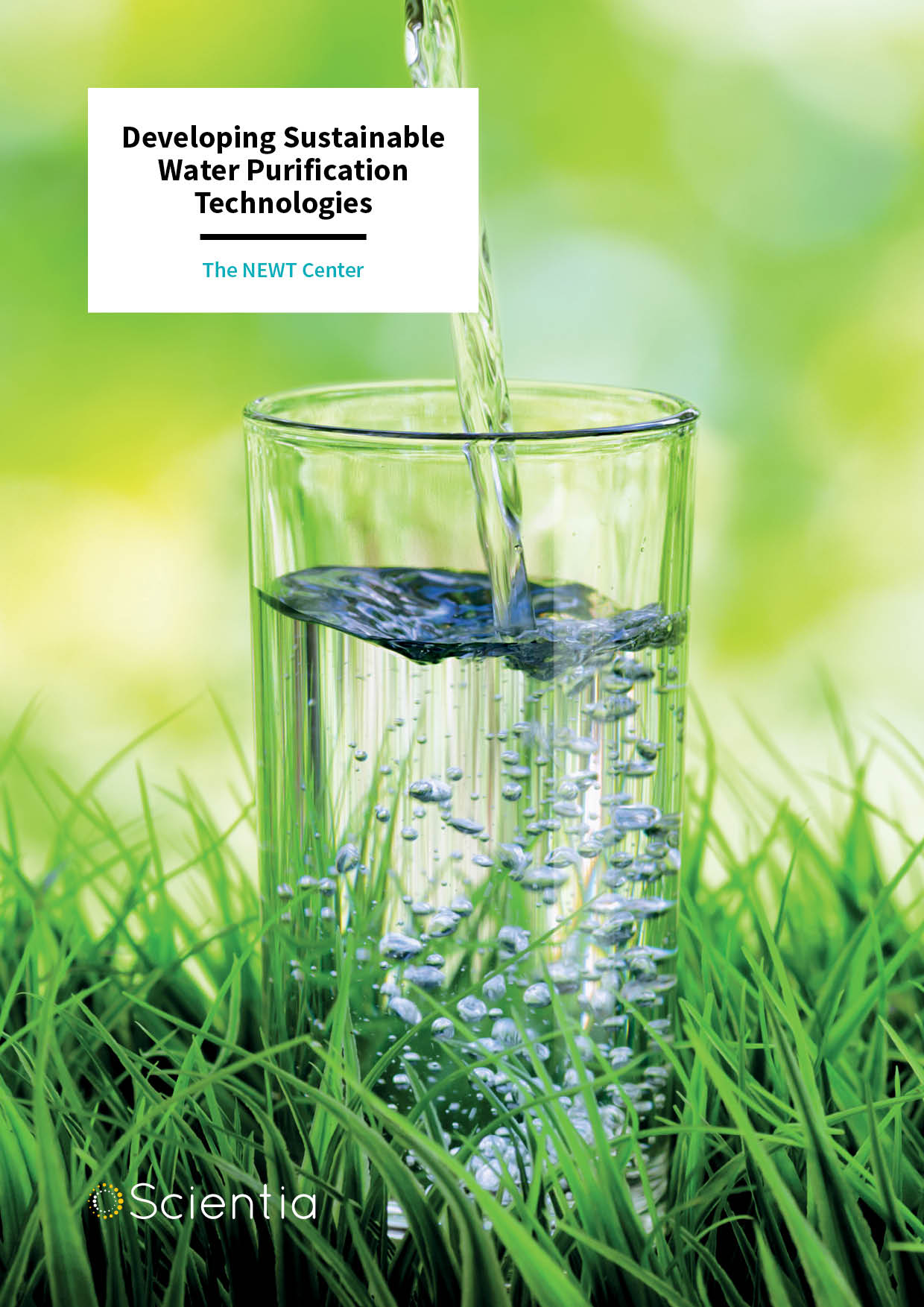
Developing Sustainable Water Purification Technologies
A significant proportion of the world’s population has little to no access to clean water, and the water consumed by industrial activities continues to grow. Researchers from the Nanotechnology Enabled Water Treatment (NEWT) Center, which is headquartered at Rice University, are developing cutting-edge purification technologies that can provide communities with access to clean and safe drinking water. They are also creating new wastewater treatment methods that allow the reuse of industrial effluent, to minimise freshwater withdrawals by industries. Instead of conventional methods that use large amounts of chemicals and energy, NEWT technologies are chemical free, and often utilise solar energy.
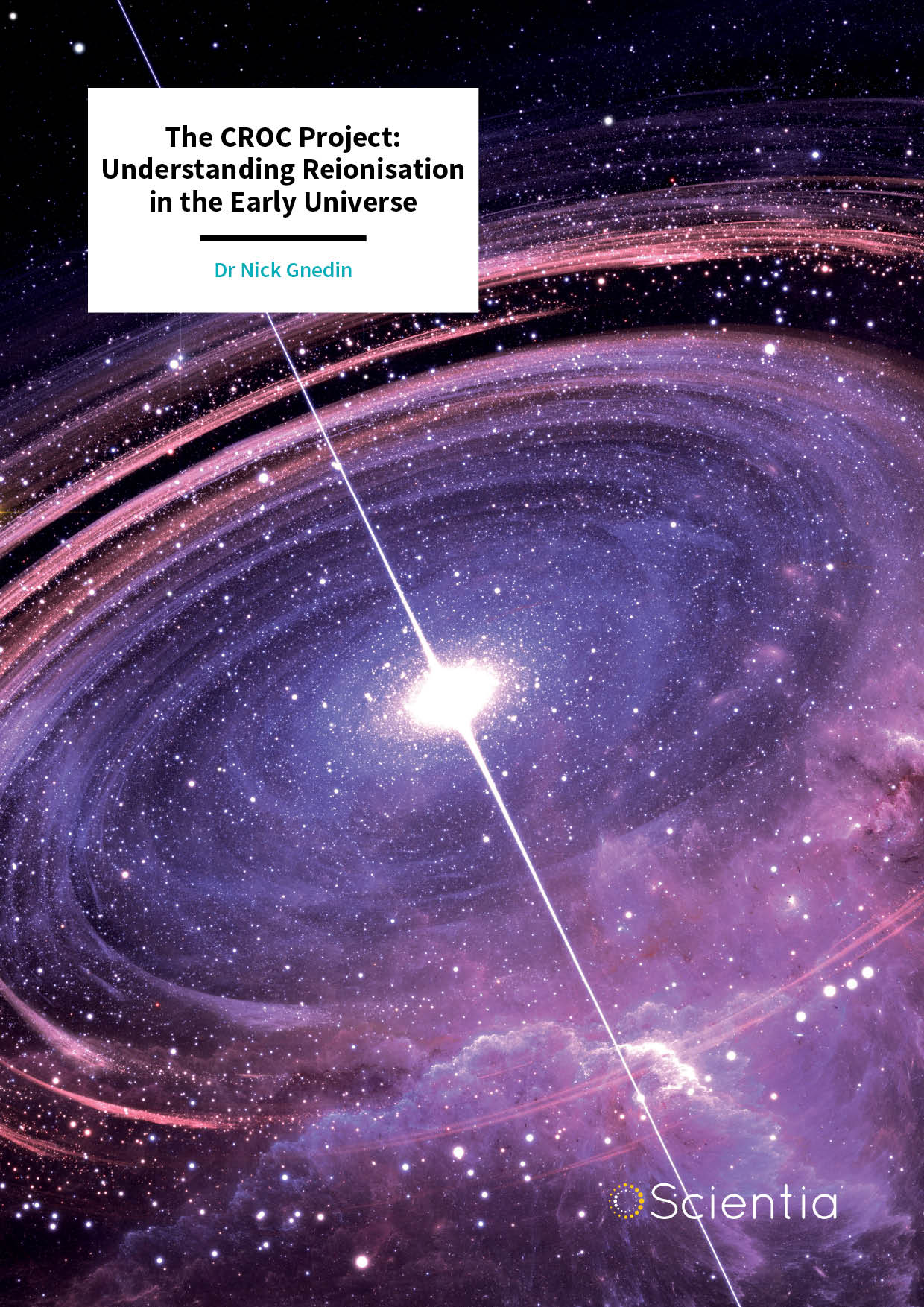
Dr Nick Gnedin – The CROC Project: Understanding Reionisation in the Early Universe
Hundreds of millions of years after the Big Bang, charged, ‘ionised’ particles not seen since the earliest ages of the universe began to re-emerge. Named ‘reionisation’, this event was crucially important in the history of our universe – but because it occurred so far back in the past, telescope observations can only offer astronomers limited clues about how it unfolded. In his research, Dr Nick Gnedin at the Fermi National Accelerator Laboratory uses advanced computer simulations to study reionisation. His team’s project, named ‘Cosmic Reionization On Computers’, or CROC, now offers a key resource to researchers studying this distant period.
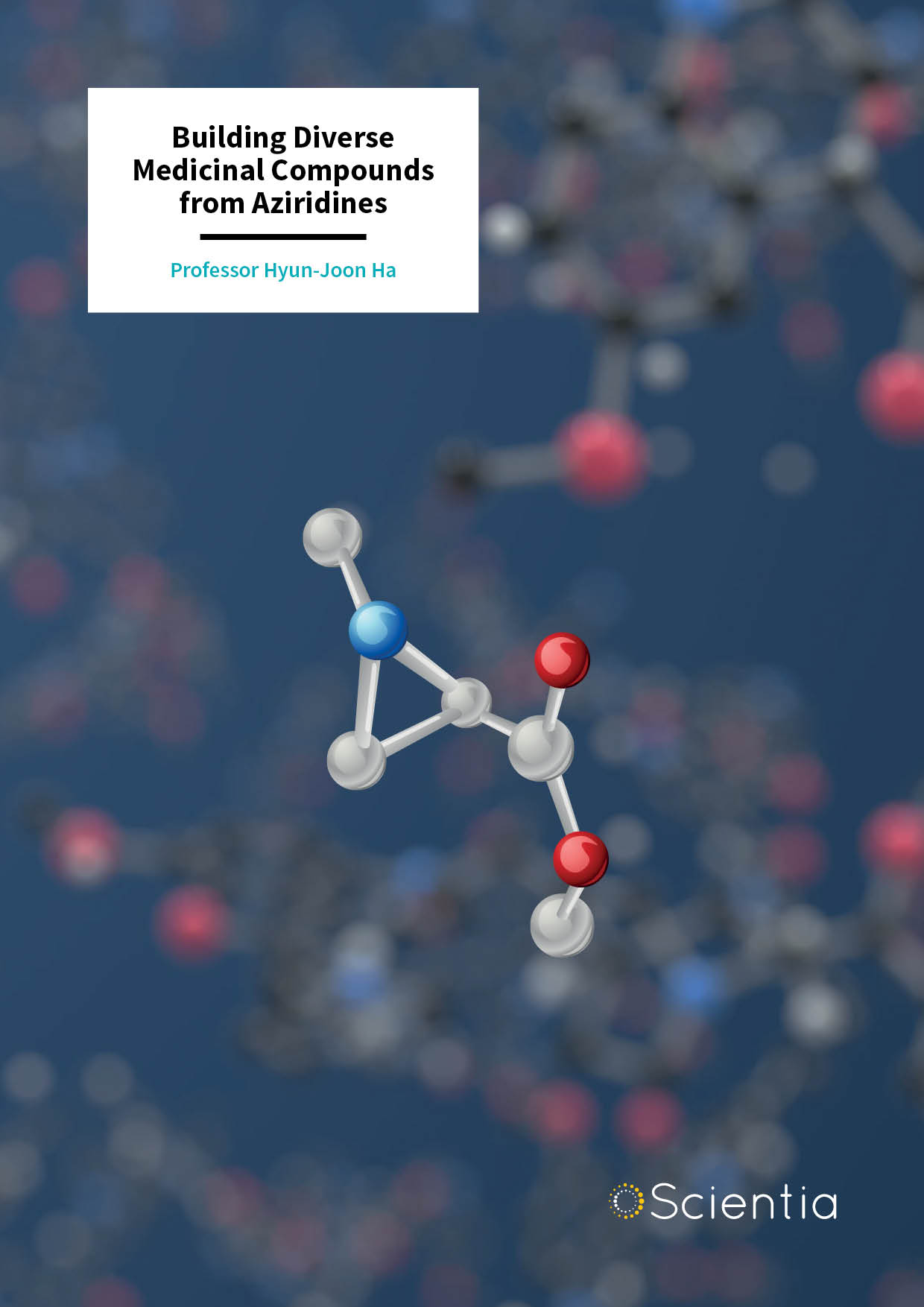
Professor Hyun-Joon Ha – Building Diverse Medicinal Compounds from Aziridines
The artificial synthesis of medicinal compounds that are typically derived from natural sources helps scientists to better understand how they function and deduce whether they can be enhanced. Unfortunately, the work involved in synthesising such natural compounds and their analogues is extremely difficult. Professor Hyun-Joon Ha and his team from Hankuk University of Foreign Studies in the Republic of Korea are exploring ways to transform compounds called aziridines into a range of biologically active molecules.
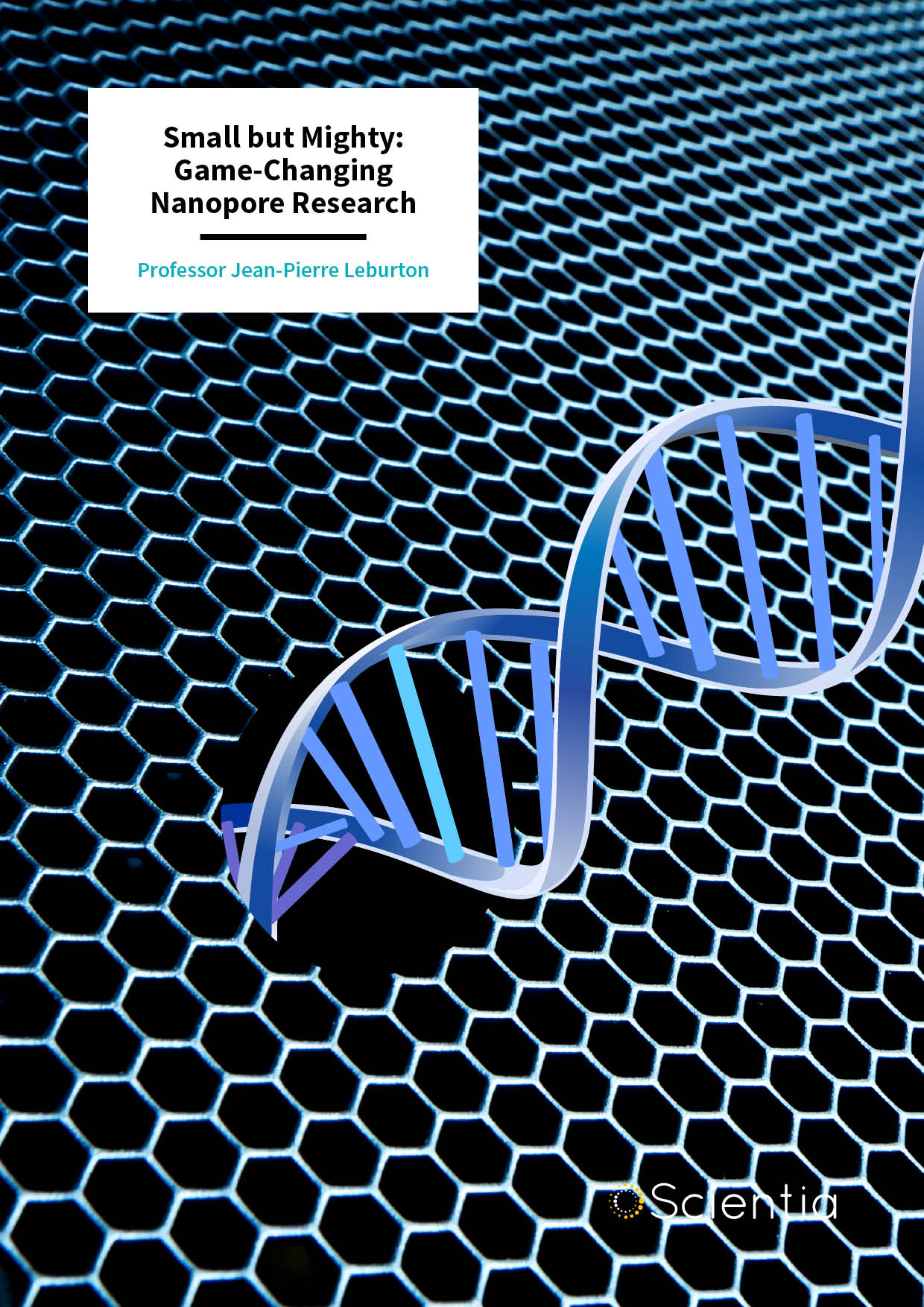
Dr Jean-Pierre Leburton – Small but Mighty: Game-Changing Nanopore Research
The far-reaching benefits of nanopore research encompass fields as diverse as physics, healthcare, big data processing and environmental studies. At the University of Illinois at Urbana-Champaign, Dr Jean-Pierre Leburton is conducting research focused on the use of nanopores in ultrathin solid-state molecular materials, such as graphene and 2D transition-metal dichalcogenides, for DNA sensing applications. This offers a low-cost and highly effective method of identifying biomolecules, and could have widespread medical applications, enabling rapid, early and effective disease diagnosis and prompting effective treatment, as well as providing invaluable technologies for assisting with DNA sequencing.
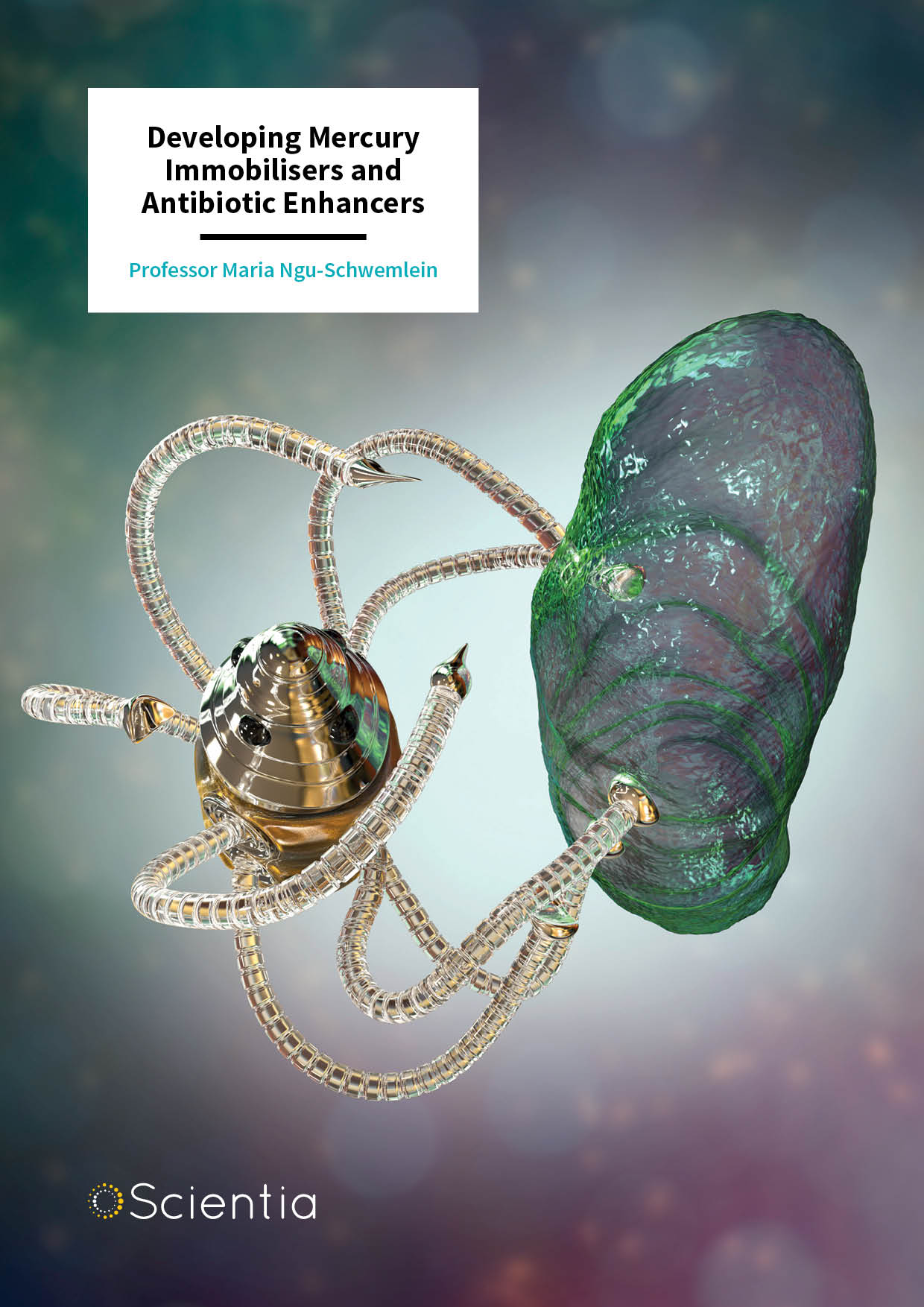
Professor Maria Ngu-Schwemlein – Developing Mercury Immobilisers and Antibiotic Enhancers
The rise of antibiotic-resistant strains of bacteria and the ubiquitous nature of mercury in the environment are two major health hazards and concerns faced today. Professor Maria Ngu-Schwemlein and her team from the Winston-Salem State University, USA, are addressing these issues by developing biomolecules that can bind and immobilise toxic mercury ions more effectively. Together with Professor Ngu-Schwemlein’s collaborators, the team is also investigating carbon nanodots as molecular scaffolds to enhance antibiotics in combating antimicrobial resistance.
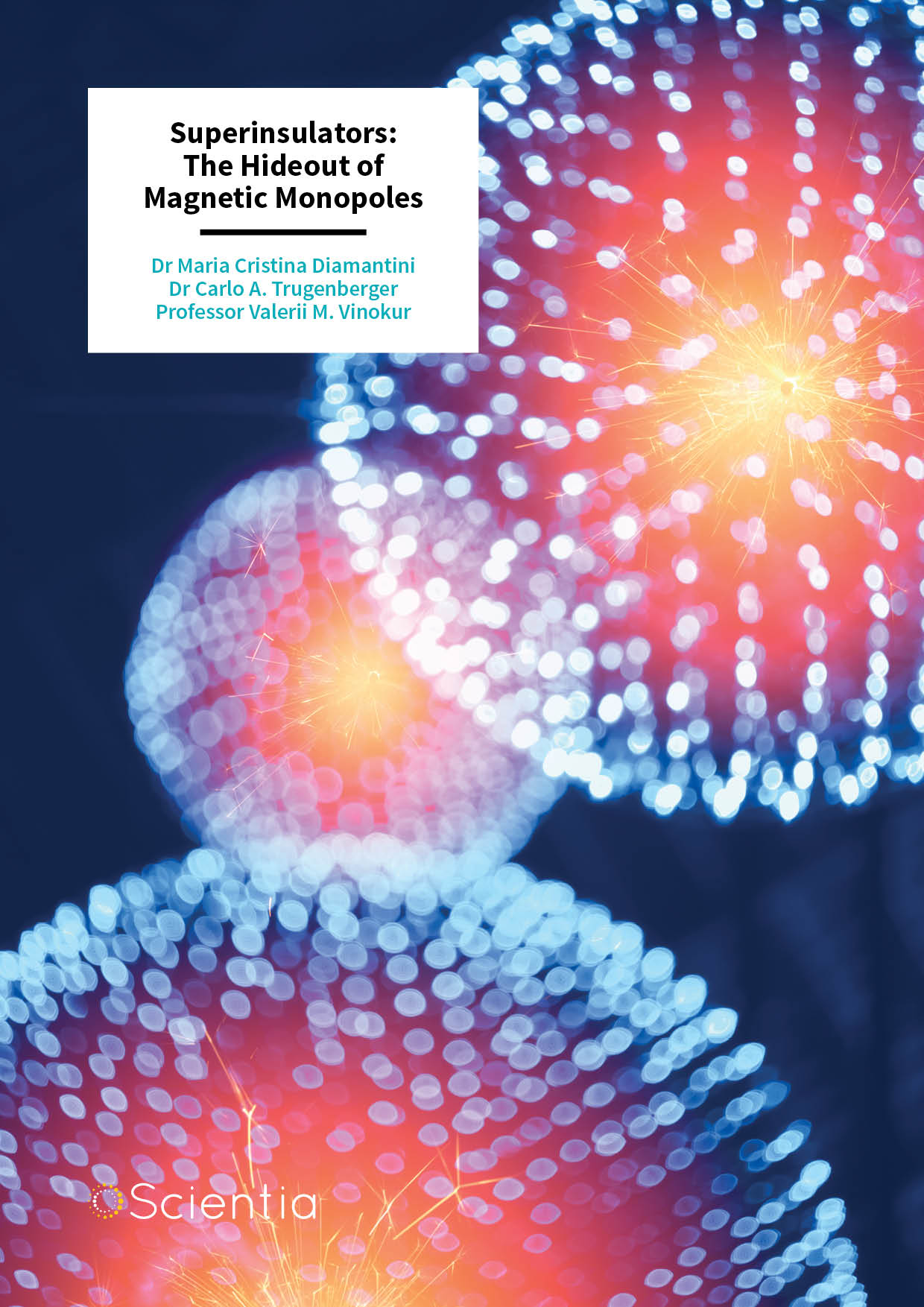
Superinsulators: The Hideout of Magnetic Monopoles
Magnetic monopoles have long been dismissed as impossible by many physicists, but their existence has nonetheless been theorised for many decades. Through their extensive research, scientists at Terra Quantum AG, the University of Perugia, and SwissScientific Technologies, show that the end could soon be in sight for this conflict. The team’s investigations into superconducting materials not only show that magnetic monopoles must be real – their discoveries also set the stage for exciting technological advances.
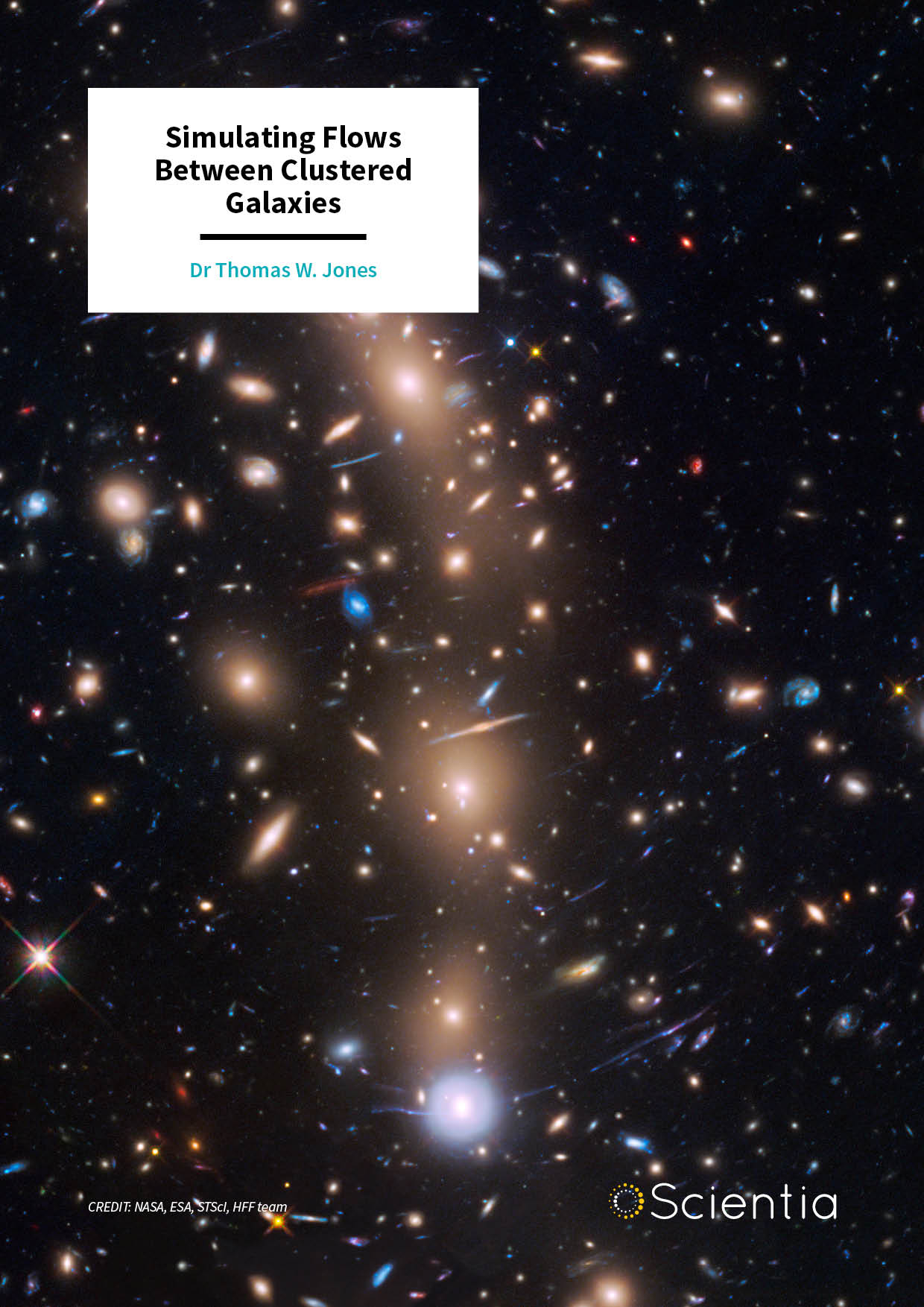
Dr Tom Jones – Simulating Flows Between Clustered Galaxies
The spaces in between galaxies may be unimaginably vast, but within galactic clusters, they are far from empty. Rather, these expanses are home to a wide range of interplaying, often violent plasma dynamics. In his research, Dr Tom Jones at the University of Minnesota plans to use cutting-edge computer techniques to simulate these processes – shedding new light on physical properties that have eluded astronomers so far. His team’s research will not only give crucial insights into some of the largest structures in the known universe, but will also capture the public imagination, and inspire a diverse new generation of astronomers.
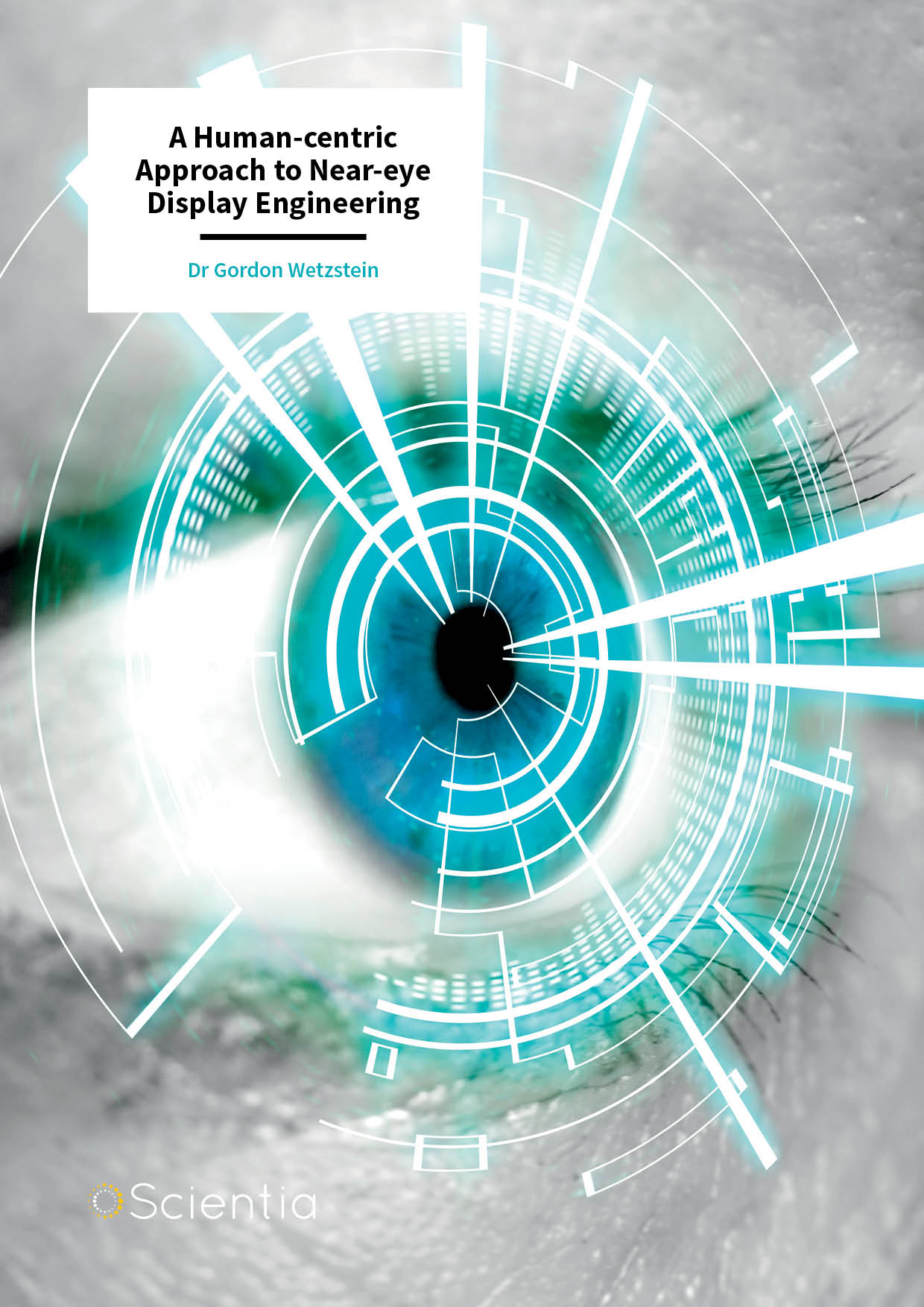
Dr Gordon Wetzstein – A Human-centric Approach to Near-eye Display Engineering
Virtual and augmented reality technologies are now rapidly gaining traction in our society. Yet even as they improve, these devices continue to face major challenges relating to the wide variability of human vision. In their research, Dr Gordon Wetzstein and his colleagues at Stanford University explore innovative new ways to overcome these challenges, through the latest advances in both optics and vision science. In demonstrating ground-breaking innovations to near-eye displays and sensors, the team’s work could soon bring enormous benefits to users spanning a diverse spectrum of visual ability.
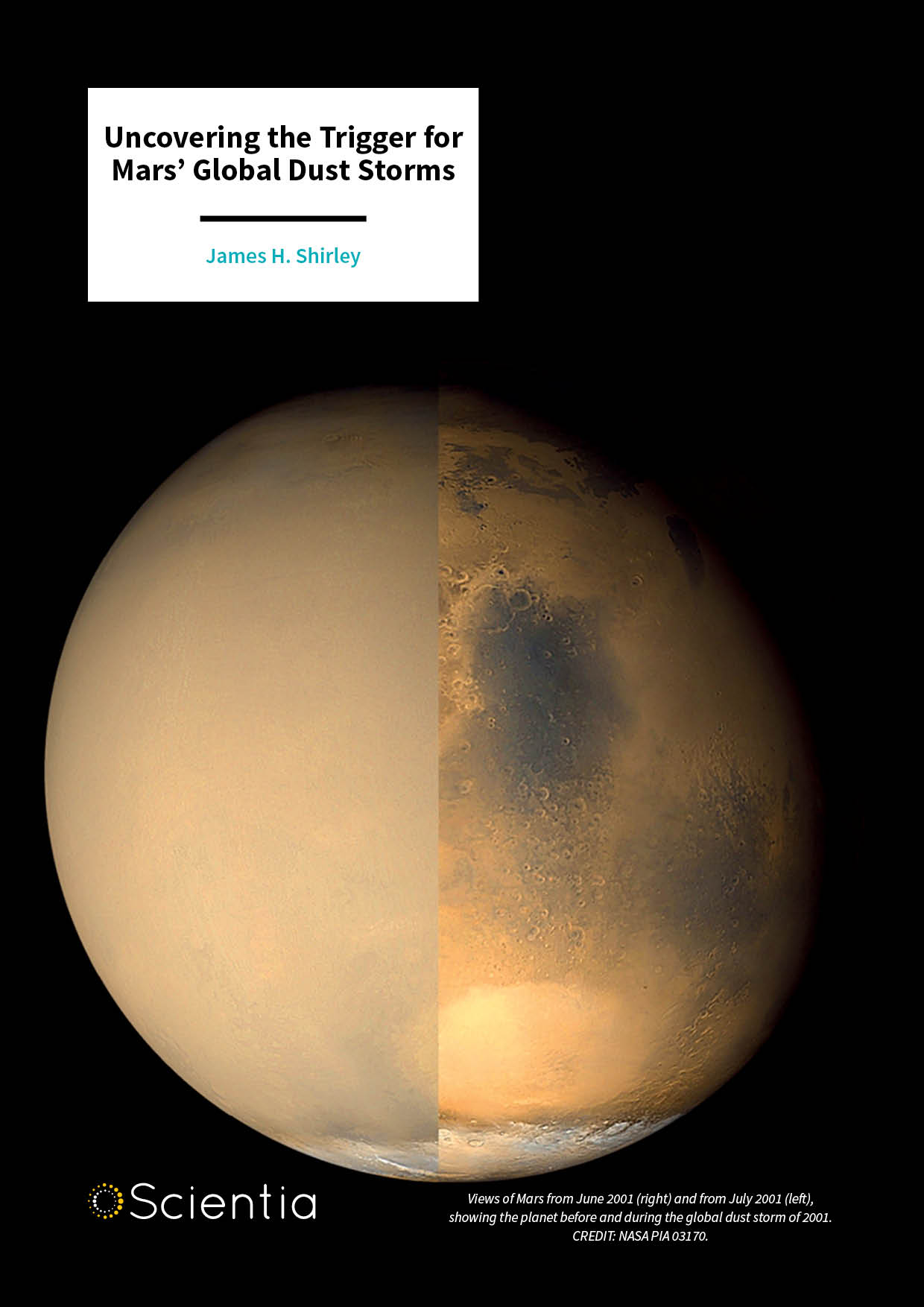
James H. Shirley – Uncovering the Trigger for Mars’ Global Dust Storms
Enshrouding the Martian surface with thick clouds of dust, the Red Planet’s unique global dust storms have long mystified astronomers and planetary scientists. James Shirley, at NASA’s Jet Propulsion Laboratory, has shown through his research that the occurrence of these global storms is strongly linked to the changes in Mars’ motion about the gravitational centre of the solar system. Already boasting strong observational evidence, his results could not only improve our understanding of the Mars atmosphere – they may also lead to a better understanding of turbulent weather patterns on Earth.

Dr Ying Zou – Exploring Winds in the Polar Thermosphere
Beginning 80 kilometres above Earth’s surface, and extending to the edge of the atmosphere, the thermosphere occupies a large proportion of Earth’s upper atmosphere. So far, studies of this expansive region have largely focused on how the air it contains flows over global scales. Now, Dr Ying Zou at the University of Alabama in Huntsville has explored how the thermosphere is also significantly influenced by ‘mesoscale’ interactions with Earth’s magnetosphere, creating flows spanning just hundreds of kilometres. Her team’s work could greatly improve our knowledge of how the upper atmosphere behaves.
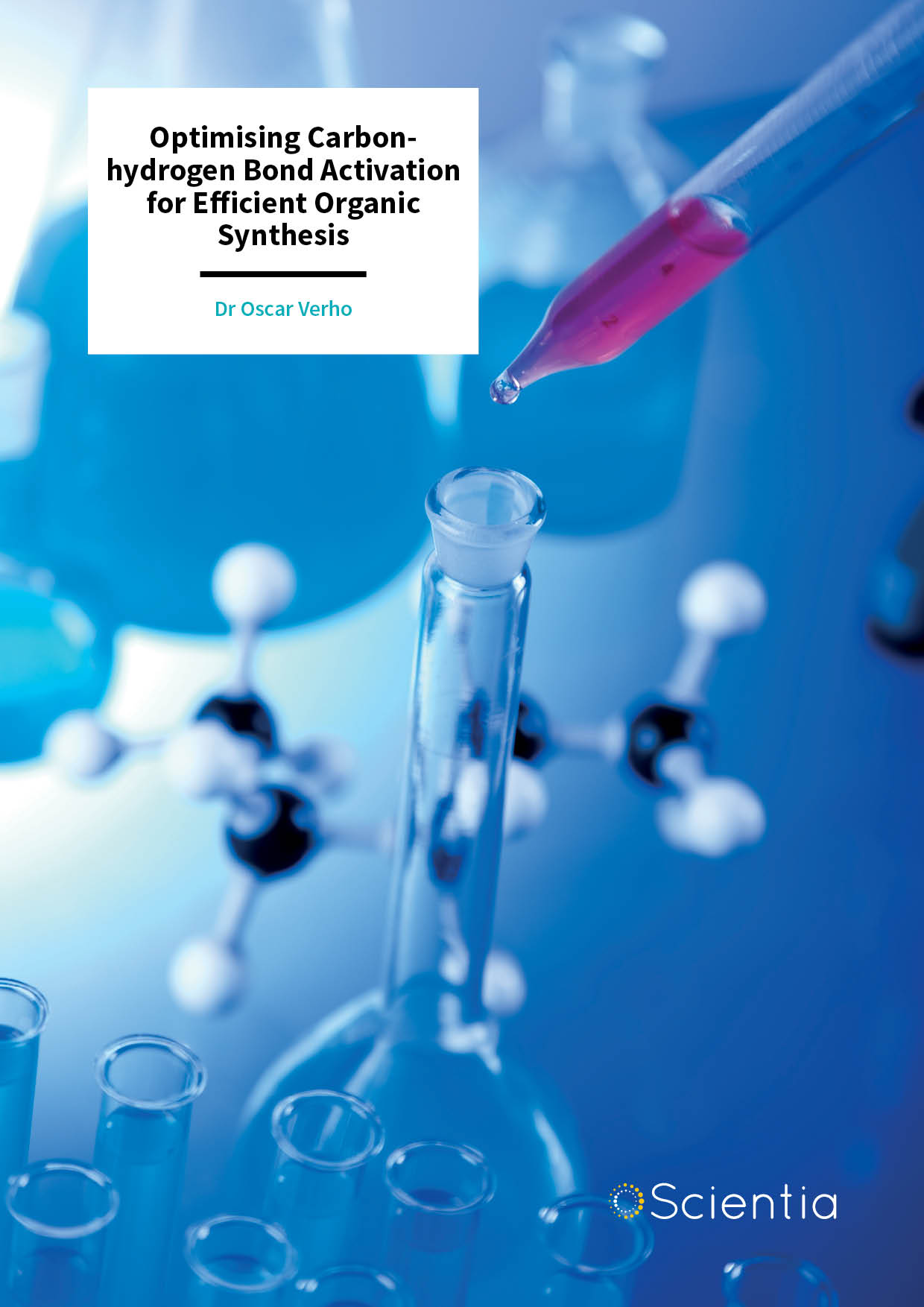
Dr Oscar Verho – Optimising Carbon-hydrogen Bond Activation for Efficient Organic Synthesis
Choosing which drug molecule to build is only one part of pharmaceutical research; medicinal chemists also need to know how to synthesise drug molecules in an efficient and cost-effective manner. Dr Oscar Verho and his team at Uppsala University in Sweden have made significant progress in this area and are aiming to reduce the time and resources needed to make drug compounds. The team is researching methods to ‘activate’ the carbon-hydrogen bonds that are commonly found in organic molecules to ultimately shorten the synthetic route to the required compound.
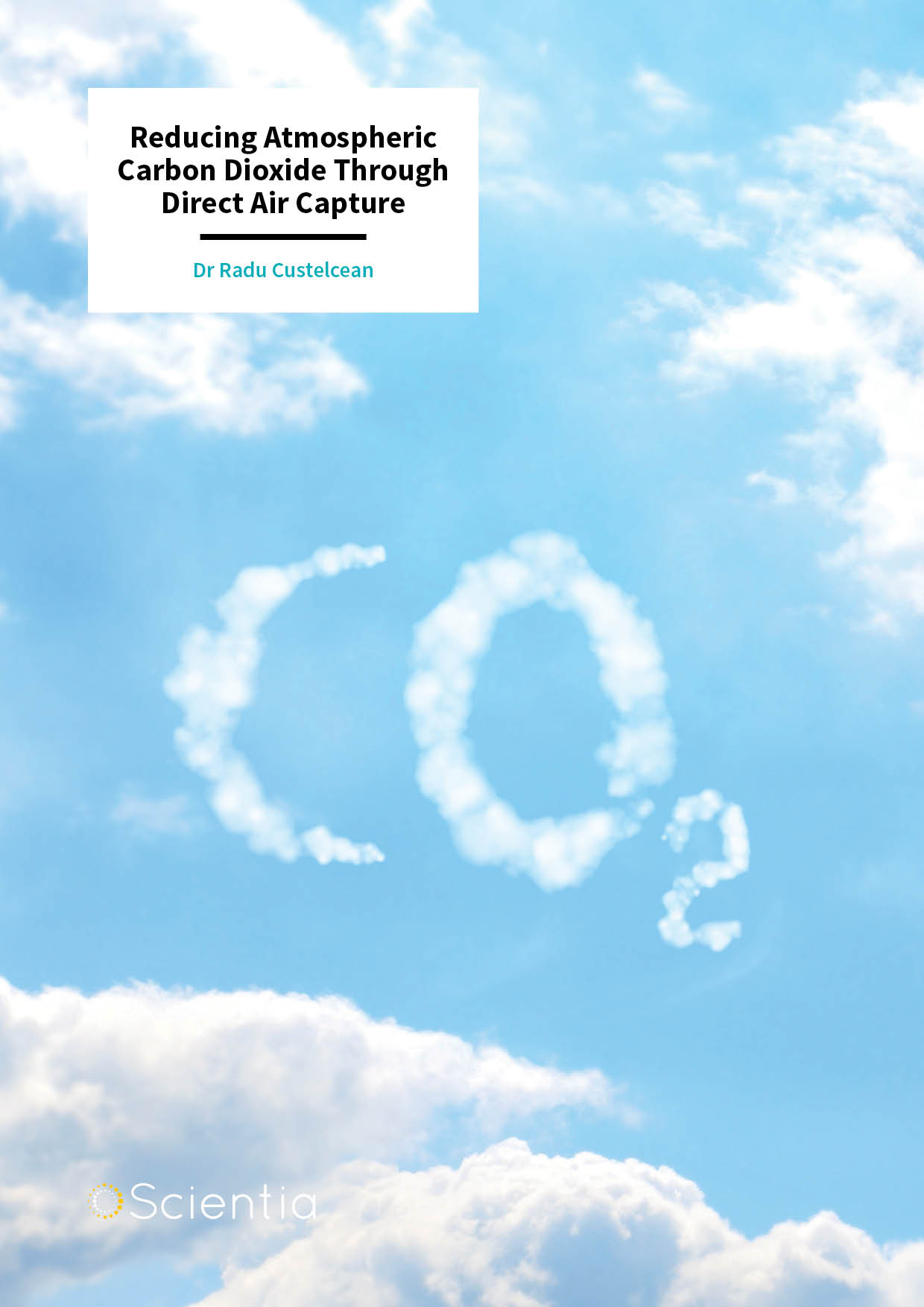
Dr Radu Custelcean – Reducing Atmospheric Carbon Dioxide Through Direct Air Capture
Climate change is mostly the result of elevated carbon dioxide emissions. Over the past two decades, research groups have been searching for new technologies that capture carbon dioxide from the atmosphere as an effective way of reversing climate change. Dr Radu Custelcean and his colleagues at the Oak Ridge National Laboratory in the US specialise in this endeavour. The team is developing novel materials and methods that filter carbon dioxide out of the air in an energy-efficient manner.
